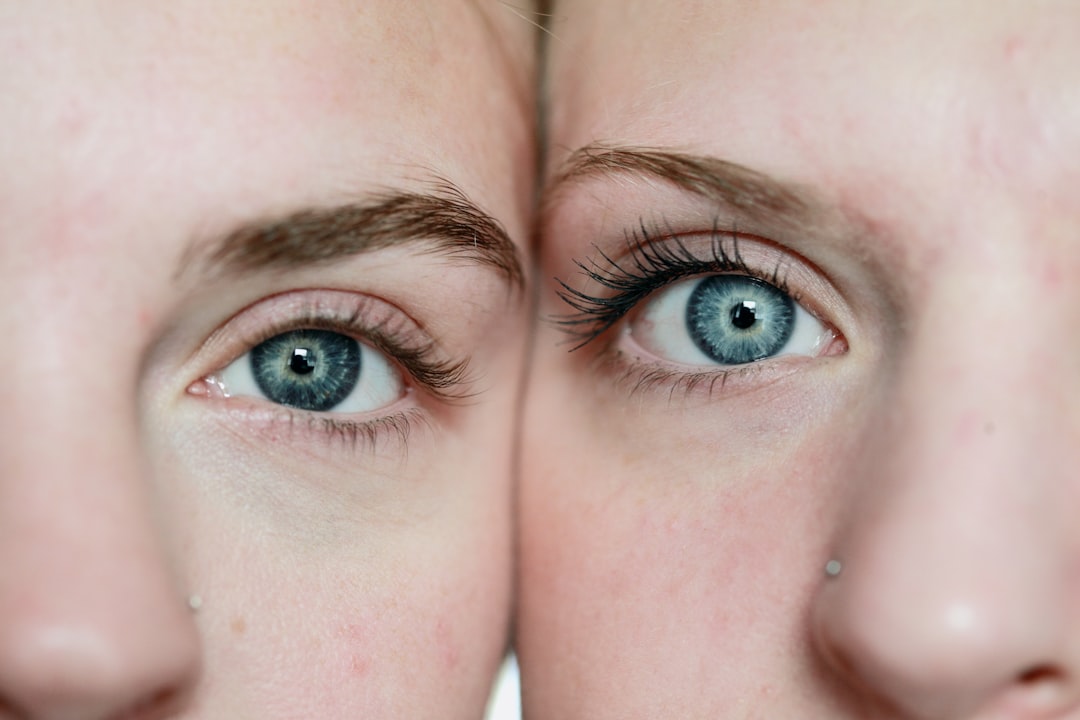
Deciding between Botox and fillers can seem overwhelming when each promises a smoother, more youthful appearance. Nearly 7 million Botox procedures were performed in the United States last year alone, making it the most popular cosmetic treatment. Most people assume picking the best option is all about age or cost. The surprise is your decision actually comes down to your unique goals and how you want to see yourself in the mirror.
Table of Contents
Quick Summary
| Key Point | Explanation |
| 1. Identify your aesthetic goals first | Self-reflection on your facial concerns helps you choose the right treatment, whether it be Botox or fillers. |
| 2. Understand the differences between Botox and fillers | Botox paralyzes muscles to treat dynamic wrinkles, while fillers restore volume and enhance features without affecting muscle movement. |
| 3. Consult a qualified injector for advice | A thorough consultation is essential to tailor a treatment plan that aligns with your unique facial structure and aesthetic goals. |
| 4. Budget for both initial and maintenance costs | Determine the financial commitment for both treatments and plan for ongoing maintenance to achieve desired aesthetic results. |
| 5. Prepare thoroughly before your treatment | Create a preparation and recovery plan, discussing pre-treatment instructions and setting realistic expectations with your injector. |
Explore your aesthetic goals and concerns
Choosing between Botox and fillers starts with a critical self-reflection about your unique aesthetic objectives. Understanding your specific facial concerns will guide you toward the most appropriate treatment option. Every individual’s skin ages differently, and recognizing your personal goals is the first step in making an informed decision.
Identifying Your Primary Aesthetic Concerns
Begin by carefully examining your face in natural lighting, noting areas where you observe signs of aging or want enhancement. Are you struggling with dynamic wrinkles that appear when you move your facial muscles? Or are you more concerned with volume loss and static lines that remain even when your face is relaxed? According to the Mayo Clinic, different treatments address different aesthetic challenges.
For muscle-related concerns like crow’s feet, forehead lines, or frown lines between your eyebrows, Botox typically provides the most effective solution. These neurotoxin treatments temporarily paralyze specific muscles, smoothing out wrinkles caused by repetitive facial movements. Conversely, if your primary goal involves restoring lost volume, adding contour, or enhancing specific facial features like lips or cheeks, dermal fillers become the more suitable choice.
Creating a Personalized Treatment Strategy
Consider your long-term aesthetic vision and realistic expectations. Some patients desire subtle, natural-looking improvements, while others seek more dramatic transformations. Be honest about your comfort level with cosmetic procedures and your desired outcome. A comprehensive consultation with a qualified aesthetic professional can help you map out a personalized treatment strategy that aligns with your unique facial structure and aesthetic goals.
Remember that age, skin type, and previous cosmetic experiences can significantly influence your treatment selection. Younger patients might focus on preventative measures, while those with more advanced signs of aging might require a more comprehensive approach. Your aesthetic journey is deeply personal, and the right treatment should make you feel confident and refreshed.
Research the differences between botox and fillers
Understanding the nuanced differences between Botox and fillers is crucial for making an informed aesthetic treatment decision. These two popular cosmetic interventions serve distinct purposes, and knowing their unique characteristics will help you select the most appropriate option for your specific needs.
Botox and dermal fillers operate through completely different mechanisms in addressing skin aging and facial aesthetics.
Botox is a neurotoxin that temporarily paralyzes specific muscle groups, preventing them from contracting and creating wrinkles. This makes it exceptionally effective for dynamic wrinkles that appear during facial movements, such as forehead lines, crow’s feet, and frown lines between the eyebrows.
INFOGRAPHIC:infographic_content] [Research from the American Board of Cosmetic Surgery demonstrates that Botox works by blocking nerve signals to targeted muscles, essentially freezing them in place.
In contrast, dermal fillers are volumizing substances injected beneath the skin to restore lost volume, smooth static wrinkles, and enhance facial contours. Unlike Botox, fillers do not impact muscle movement but instead physically fill spaces where collagen and fat have diminished. They can plump thin lips, restore cheek volume, soften deep lines, and even improve facial symmetry. Different types of fillers exist, including hyaluronic acid based products that attract moisture and provide more natural-looking results.
To effectively research these treatments, consider consulting multiple sources and scheduling consultations with experienced aesthetic professionals. Check out our comprehensive guide on injectable types for deeper insights into various treatment options. Pay close attention to potential side effects, recovery times, and expected duration of results. Botox typically lasts 3-4 months, while fillers can maintain their effect for 6-18 months depending on the specific product and treatment area.
Verify your research by asking key questions during professional consultations: What specific concerns can each treatment address? How do they differ in longevity and potential complications? Understanding these nuanced differences will empower you to make a confident, personalized decision about your aesthetic enhancement journey.
Use this comparison table to quickly understand the main differences between Botox and dermal fillers, helping you match each treatment to your specific aesthetic needs and concerns.
| Feature | Botox | Dermal Fillers |
| Primary Use | Smooths dynamic wrinkles by relaxing muscles | Restores volume and enhances facial contours |
| Target Areas | Forehead lines, crow’s feet, frown lines | Cheeks, lips, nasolabial folds, chin |
| Mechanism | Temporarily paralyzes targeted muscles | Physically fills areas beneath the skin |
| Duration of Results | 3-4 months | 6-18 months |
| Typical Cost per Session | $300-$1,200 | $500-$2,000 per syringe |
| Onset of Results | 3-7 days | Immediate |
| Maintenance Frequency | 3-4 times per year | 1-2 times per year |
Consult a qualified injector for personalized advice
Navigating the world of cosmetic treatments requires expert guidance, making a consultation with a qualified injector an essential step in your aesthetic journey. This professional interaction transforms your research and personal goals into a tailored treatment strategy that addresses your unique facial characteristics and concerns.
Preparing for Your Professional Consultation
Before your appointment, compile a comprehensive overview of your aesthetic objectives and medical history. Bring recent photographs of yourself showing different facial expressions and angles, which will help the injector understand your facial dynamics. According to the American Society of Plastic Surgeons, a thorough consultation involves discussing your complete medical background, including any allergies, previous cosmetic procedures, and current medications.
During the consultation, an experienced injector will conduct a detailed facial assessment. They will examine your skin texture, muscle movement, volume loss, and structural characteristics. This evaluation goes beyond surface-level observations, involving precise measurements and analysis of how different facial muscles interact. Learn more about our expert aesthetic treatments to understand the depth of professional assessment.
Asking Critical Questions and Setting Expectations
Come prepared with a list of targeted questions that demonstrate your commitment to understanding the procedure. Inquire about the injector’s specific experience with Botox and fillers, their preferred techniques, potential side effects, and expected recovery times. Discuss your pain tolerance, budget, and timeline for results. A qualified professional will provide transparent information about potential outcomes, including realistic expectations about treatment longevity and potential touch-up requirements.
Verify the injector’s credentials by asking to see before-and-after photographs of their previous work, professional certifications, and understanding of their approach to personalized treatment. The right injector will make you feel heard, respected, and confident in your chosen aesthetic path. They should offer a comprehensive consultation that addresses not just the technical aspects of the treatment, but also your emotional comfort and aesthetic vision.
Evaluate your budget and treatment timelines
Making an informed decision about Botox and fillers requires a thoughtful examination of both financial investment and long-term aesthetic maintenance. Your budget and treatment timeline are critical factors that will directly influence your chosen approach to cosmetic enhancements.
Understanding Treatment Costs and Maintenance
Botox and fillers represent different financial commitments, with costs varying based on treatment areas, product quality, and provider expertise. Typical Botox treatments range from $300 to $1,200 per session, depending on the number of areas treated and the amount of product required. Dermal fillers often have a higher upfront cost, ranging from $500 to $2,000 per syringe, with most patients requiring multiple syringes for comprehensive results. According to the American Society of Plastic Surgeons, these prices fluctuate based on geographic location and provider specialization.
Consider your treatment timeline as an ongoing investment in your aesthetic goals. Botox typically maintains results for 3-4 months, meaning you’ll need repeat treatments 3-4 times annually to maintain your desired look. Dermal fillers offer slightly longer-lasting results, with most formulations providing enhancement for 6-18 months. Explore our comprehensive injectable types guide to understand the nuanced differences in treatment longevity and associated costs.
Strategic Financial Planning for Aesthetic Treatments
Develop a realistic budget that accounts for initial treatments and ongoing maintenance. Consider creating a dedicated aesthetic treatment savings fund that allows you to plan for consistent care without financial strain. Some clinics offer package deals or loyalty programs that can help manage costs more effectively. Be transparent with your provider about your budget constraints, as they can often recommend tailored treatment plans that maximize your investment.
Remember that cheaper is not always better when it comes to cosmetic procedures. Prioritize provider expertise, product quality, and safety over finding the absolute lowest price. A skilled injector might cost more upfront but can prevent potential complications and deliver more precise, natural-looking results.
Verify your financial readiness by assessing not just the initial cost, but the long-term commitment required to maintain your desired aesthetic outcome.
Make an informed decision and schedule your treatment
The final stage of your aesthetic journey involves synthesizing all your research, personal goals, and professional consultation into a definitive treatment plan. This pivotal moment requires careful consideration, confidence, and strategic planning to ensure you achieve the results you desire.
Synthesizing Your Research and Consultation Insights
Review the comprehensive information gathered during your research and professional consultation. Reflect carefully on the recommendations provided by your aesthetic professional, comparing them against your initial goals and budget constraints. Consider the potential outcomes, recovery time, and long-term maintenance required for both Botox and fillers. Your chosen treatment should align seamlessly with your aesthetic vision, personal comfort level, and practical lifestyle considerations.
Pay close attention to the potential risks and side effects discussed during your consultation. A responsible approach means understanding not just the benefits, but also the potential complications. Trust your intuition and the expertise of your chosen injector. According to the Mayo Clinic, scheduling a follow-up appointment is crucial for monitoring results and addressing any unexpected reactions.
Finalizing Your Treatment Strategy
Before scheduling your treatment, create a comprehensive preparation and recovery plan. Discuss specific pre-treatment instructions with your injector, which may include avoiding certain medications, alcohol, and supplements that could increase bruising or complications. Plan for potential downtime, especially if you have significant social or professional commitments in the weeks following your treatment. Learn more about our expert aesthetic treatments to understand the nuanced approach to personalized care.
Verify your readiness by confirming you have:
-
Thoroughly understood the proposed treatment plan
-
Budgeted for the initial procedure and potential follow-up treatments
-
Arranged for potential post-treatment support or recovery time
-
Compiled a list of questions or concerns to address before the procedure
Remember that choosing between Botox and fillers is not a one-size-fits-all decision. Your unique facial structure, aesthetic goals, and personal comfort are the ultimate determining factors. Approach this final decision with confidence, knowing you’ve conducted comprehensive research and sought professional guidance.
This checklist table helps you confirm your readiness before scheduling a Botox or filler appointment, ensuring you have considered all critical steps for a smooth and satisfying experience.
| Pre-Treatment Checklist Item | Completed (Yes/No) | Notes |
| Understood treatment plan and chosen provider | ||
| Budgeted for initial procedure and follow-up | ||
| Scheduled time for possible recovery or downtime | ||
| Compiled questions for injector consultation | ||
| Disclosed allergies/medical history to provider | ||
| Reviewed pre-treatment instructions (meds, alcohol, supplements) | ||
| Arranged for post-treatment support if needed |
Feel Confident in Your Botox or Filler Choice With The Experts
Are you feeling overwhelmed as you weigh Botox versus fillers for fast, effective beauty results? Many readers struggle with uncertainty about which treatment matches their unique goals or worry about investing money and time without guaranteed outcomes. You want smooth, youthful skin that looks natural. The hardest part is knowing where to start and who to trust. Our team at The Injection Room understands these concerns and guides you every step of the way. We use the same advanced neurotoxin and dermal filler solutions described in this article, matching them precisely to your skin type and desired look.
Ready for a personalized plan so you can stop guessing and start seeing results quickly? Discover our full range of trusted med spa solutions by visiting The Injection Room. Book a consultation now and let our specialists walk you through every option. Don’t wait to feel refreshed and rejuvenated—your confident new look can start today.
Frequently Asked Questions
What is the main difference between Botox and fillers?
Botox is a neurotoxin that temporarily paralyzes specific muscle groups to reduce dynamic wrinkles, while fillers are volumizing substances that restore lost volume and smooth static wrinkles.
How long do the effects of Botox and fillers last?
Botox typically lasts 3-4 months, whereas dermal fillers can maintain their effects for 6-18 months, depending on the product used and the treatment area.
What aesthetic concerns are best treated with Botox?
Botox is best suited for dynamic wrinkles such as crow’s feet, forehead lines, and frown lines that appear when facial muscles are in motion.
Which treatment should I choose for volume loss in my cheeks?
Dermal fillers are the preferred option for restoring lost volume, adding contour, and enhancing specific facial features like cheeks, as they physically fill spaces beneath the skin.



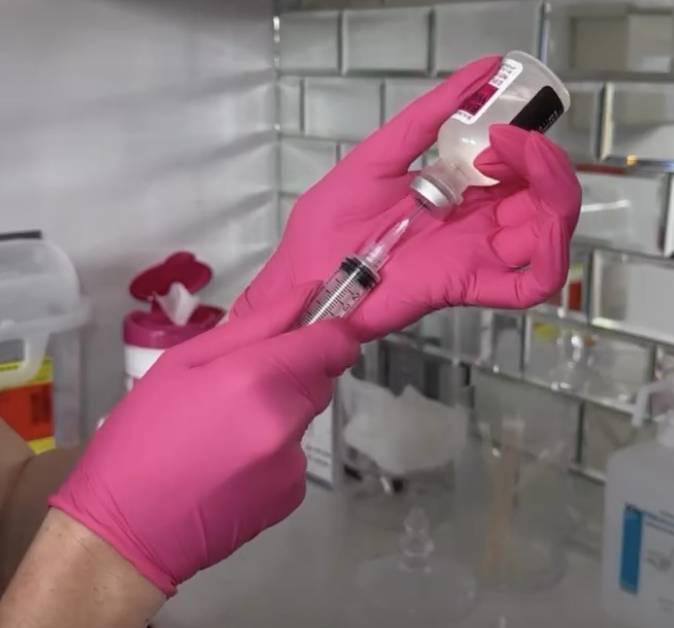


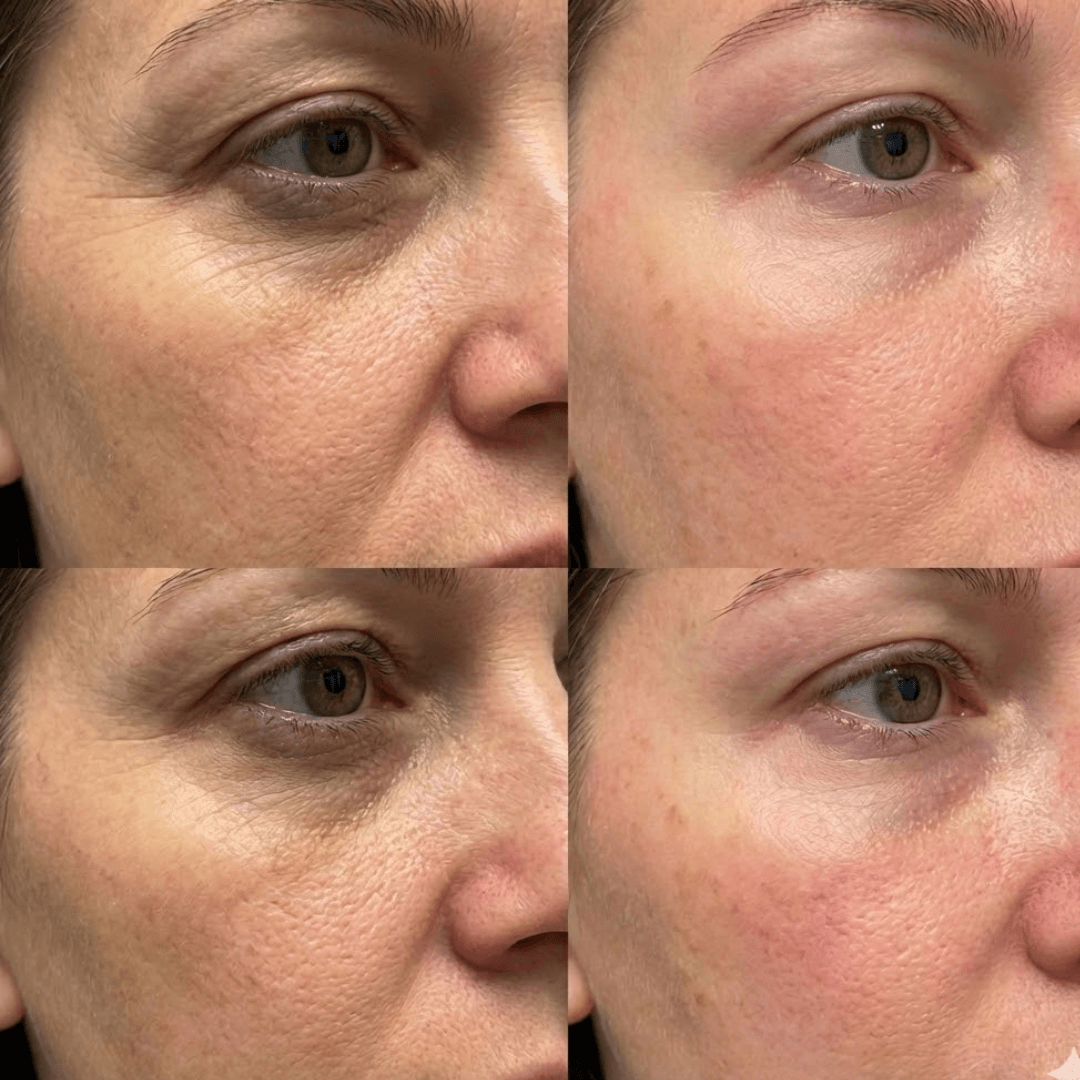
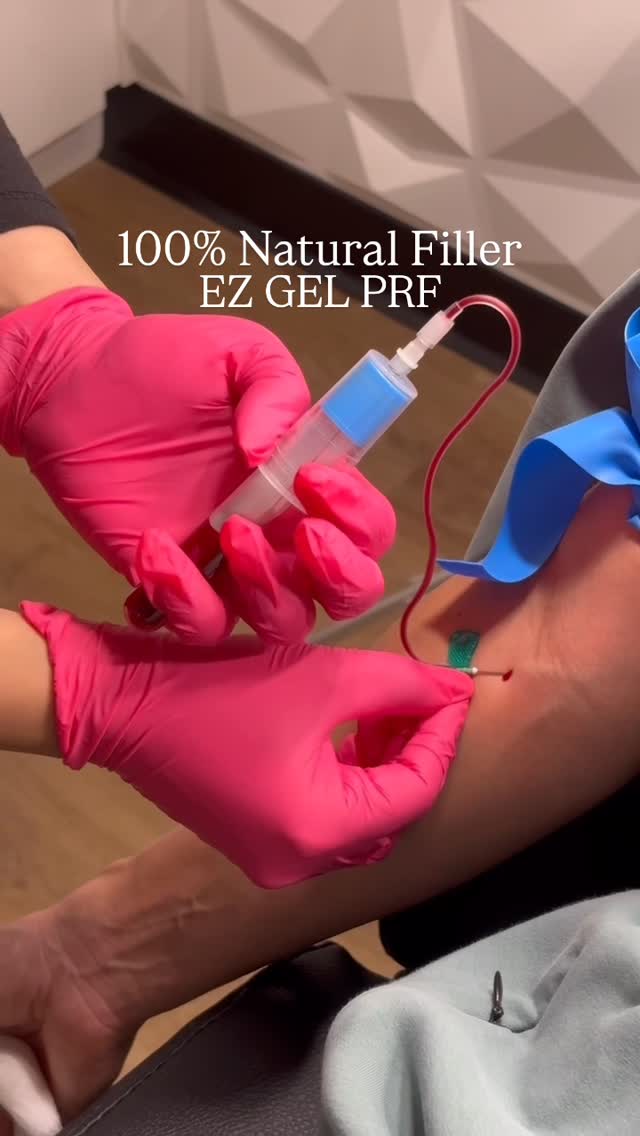
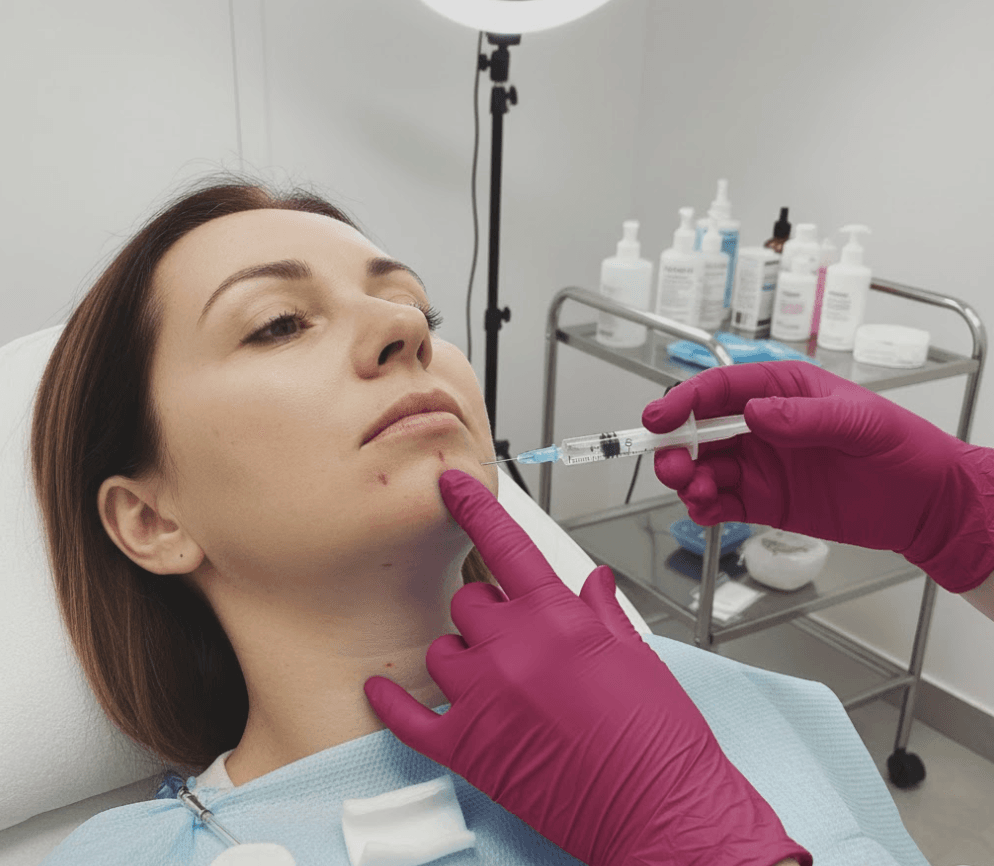
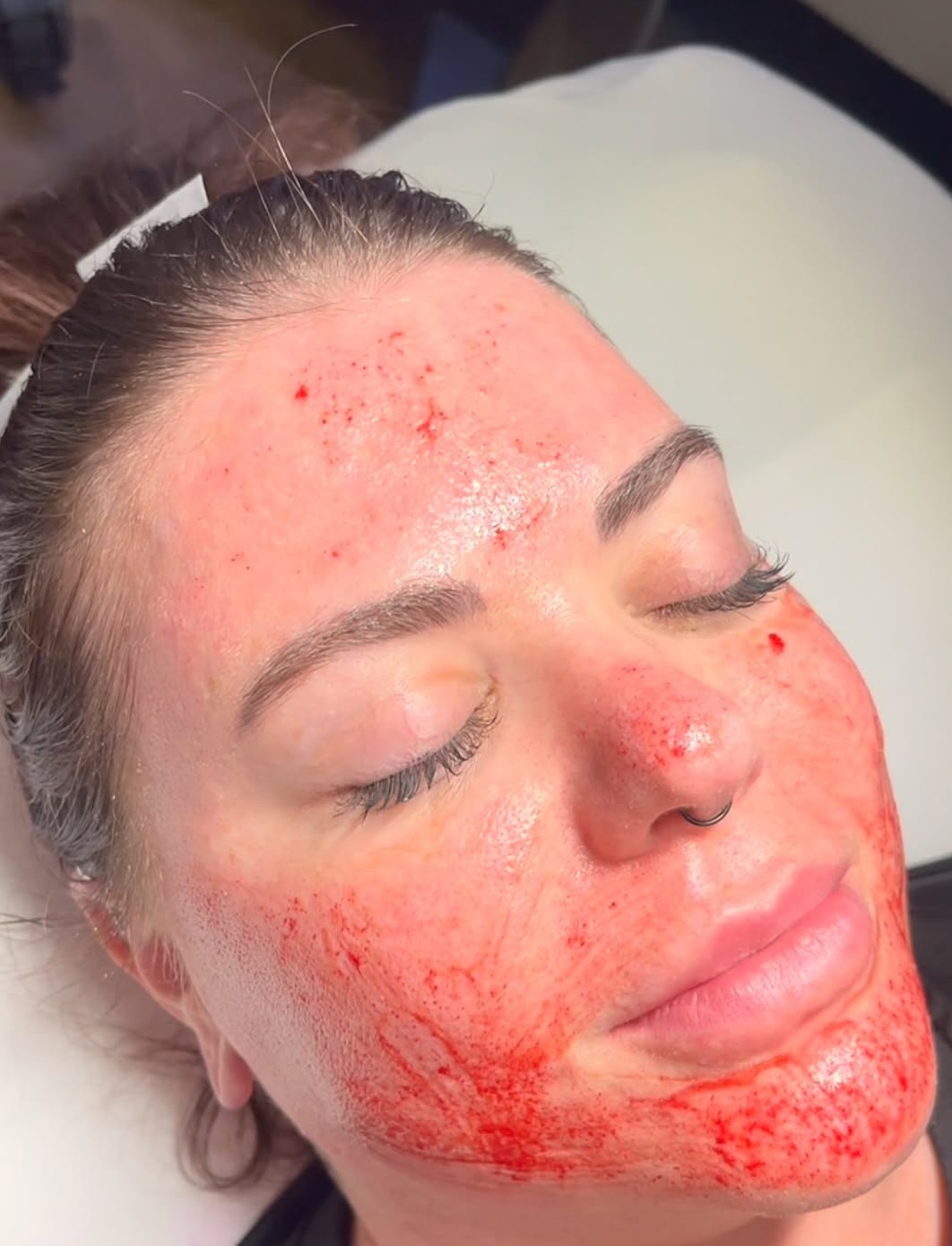
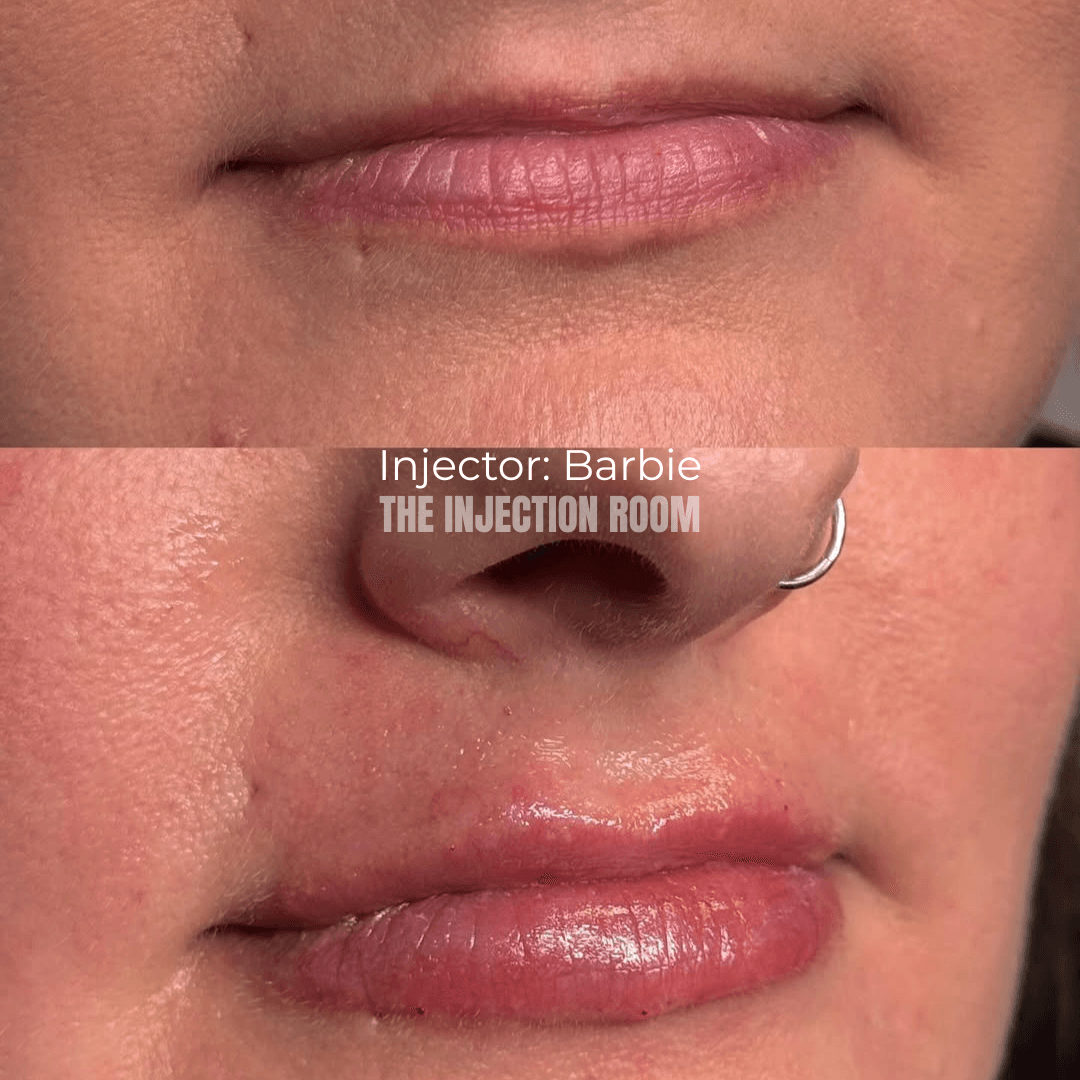

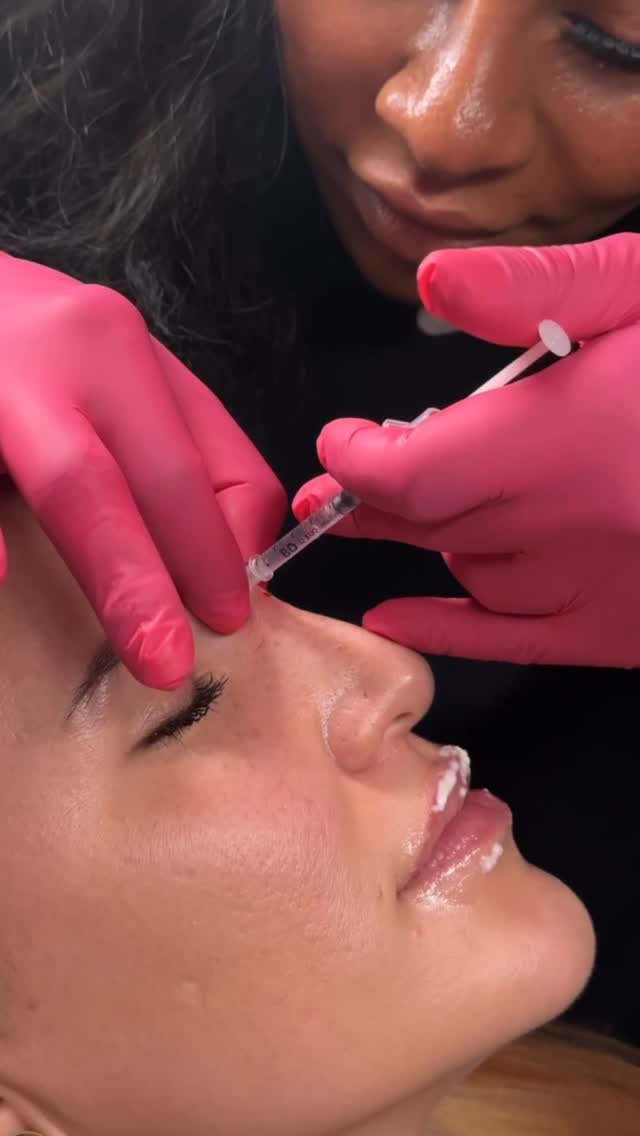
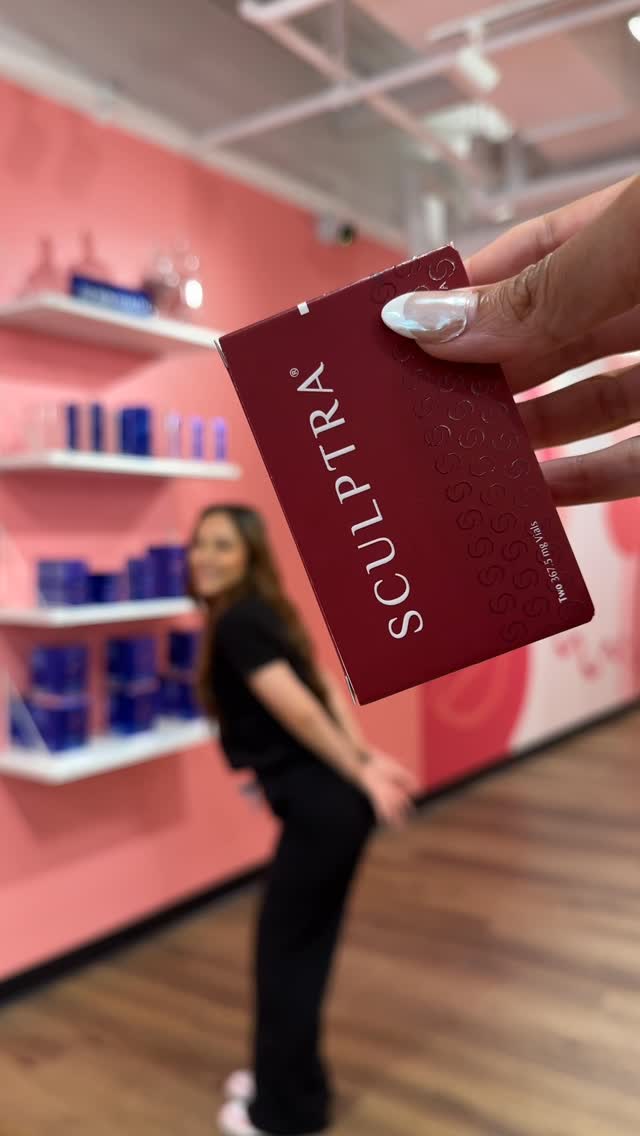

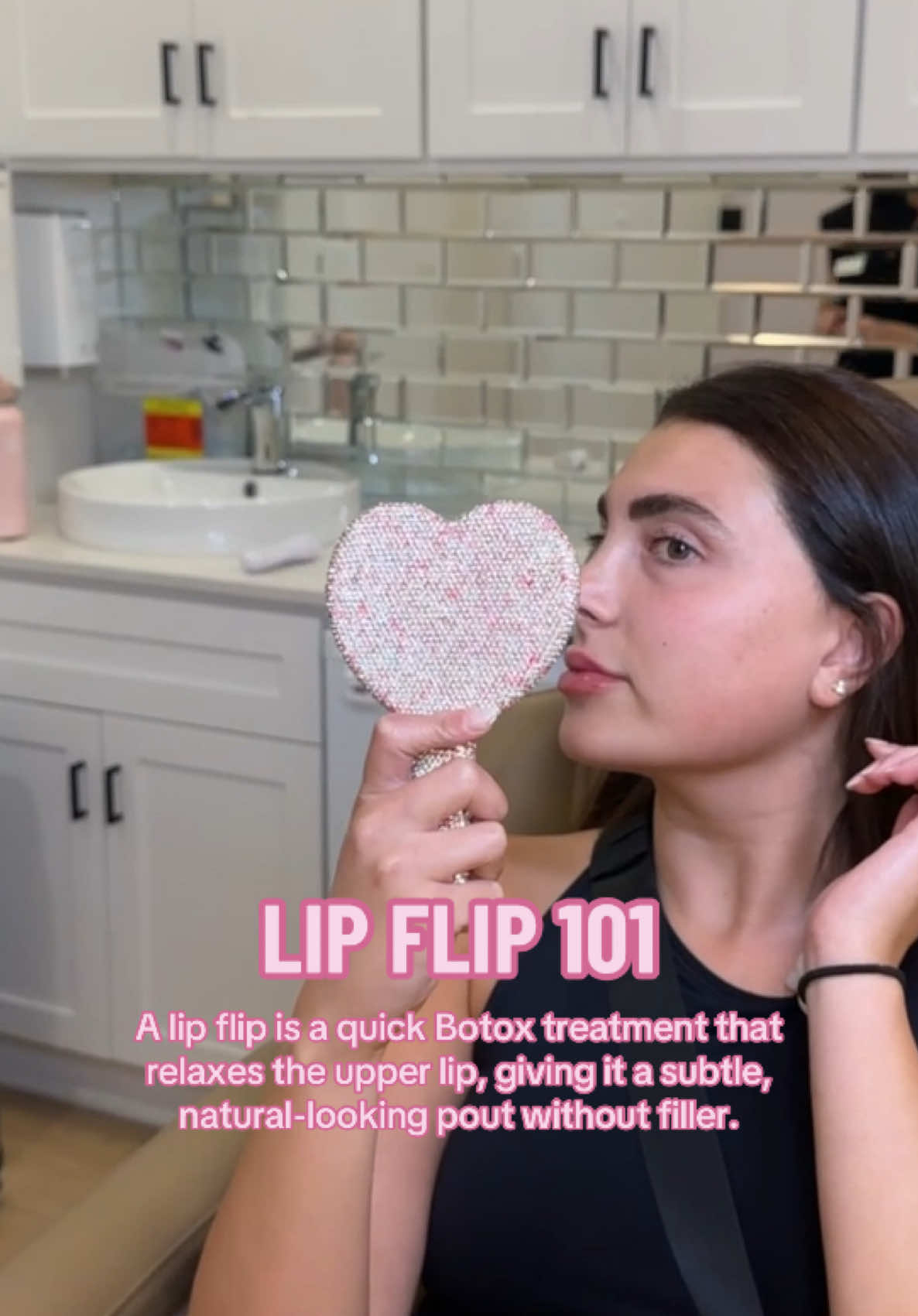




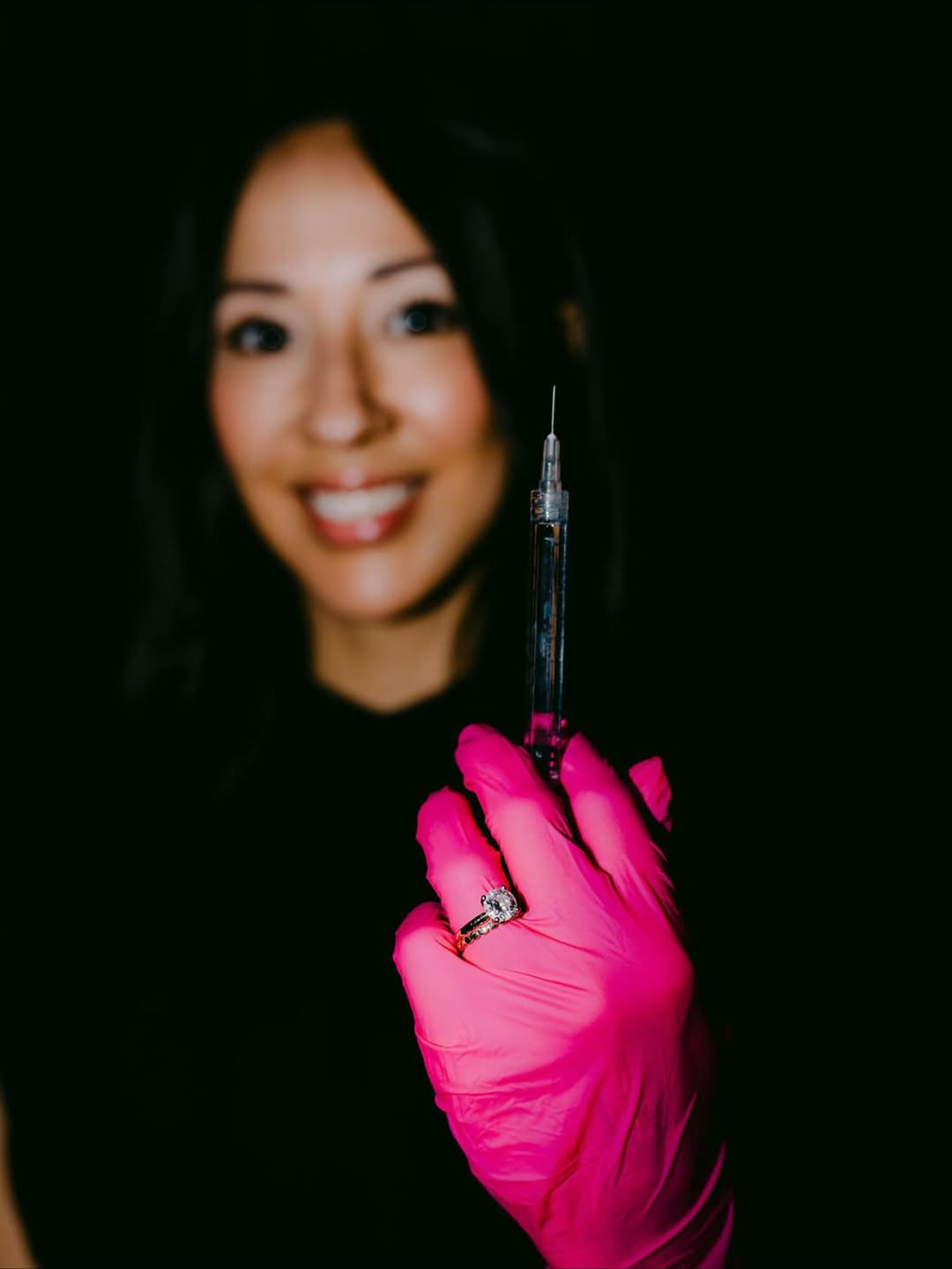
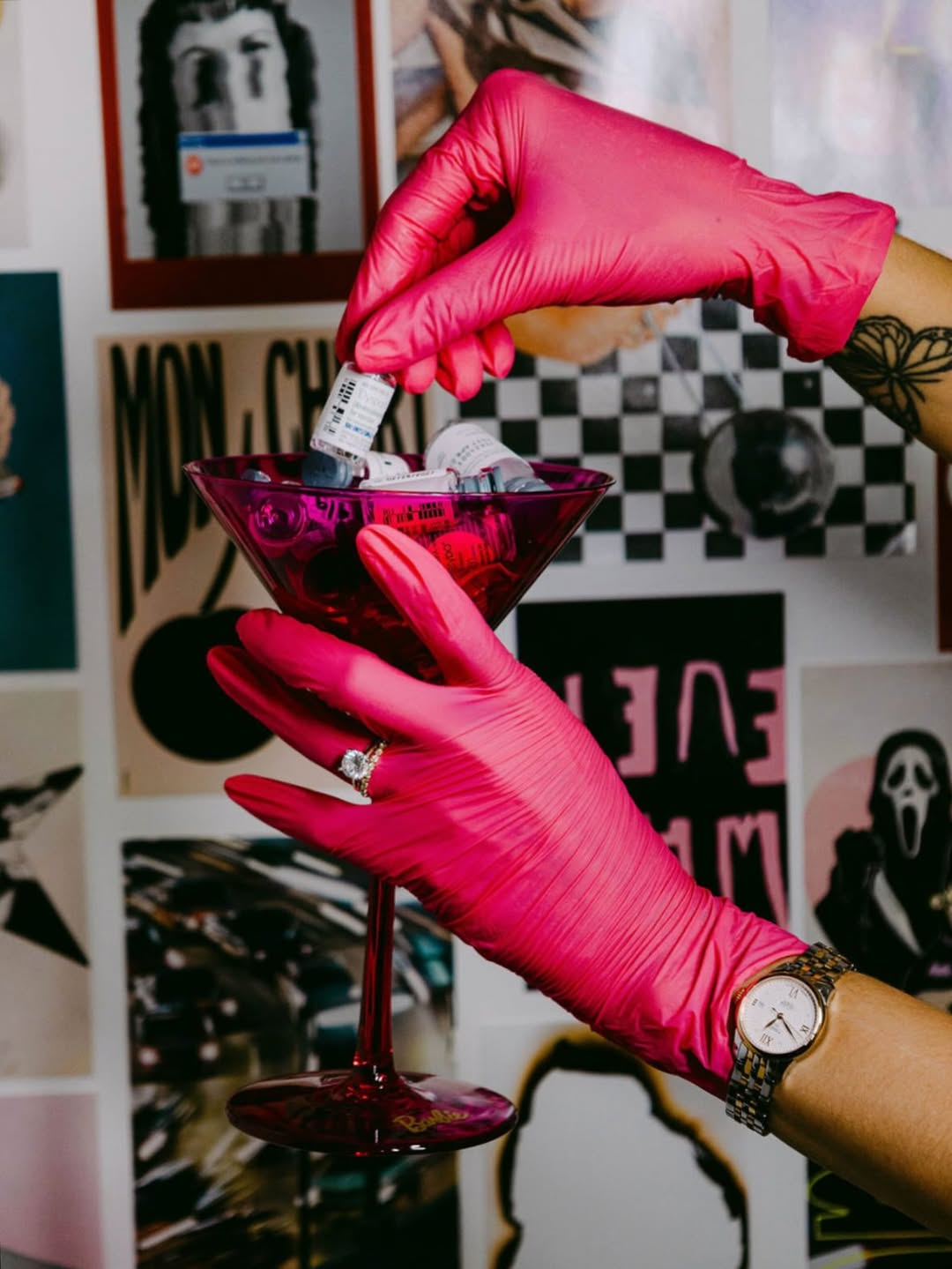
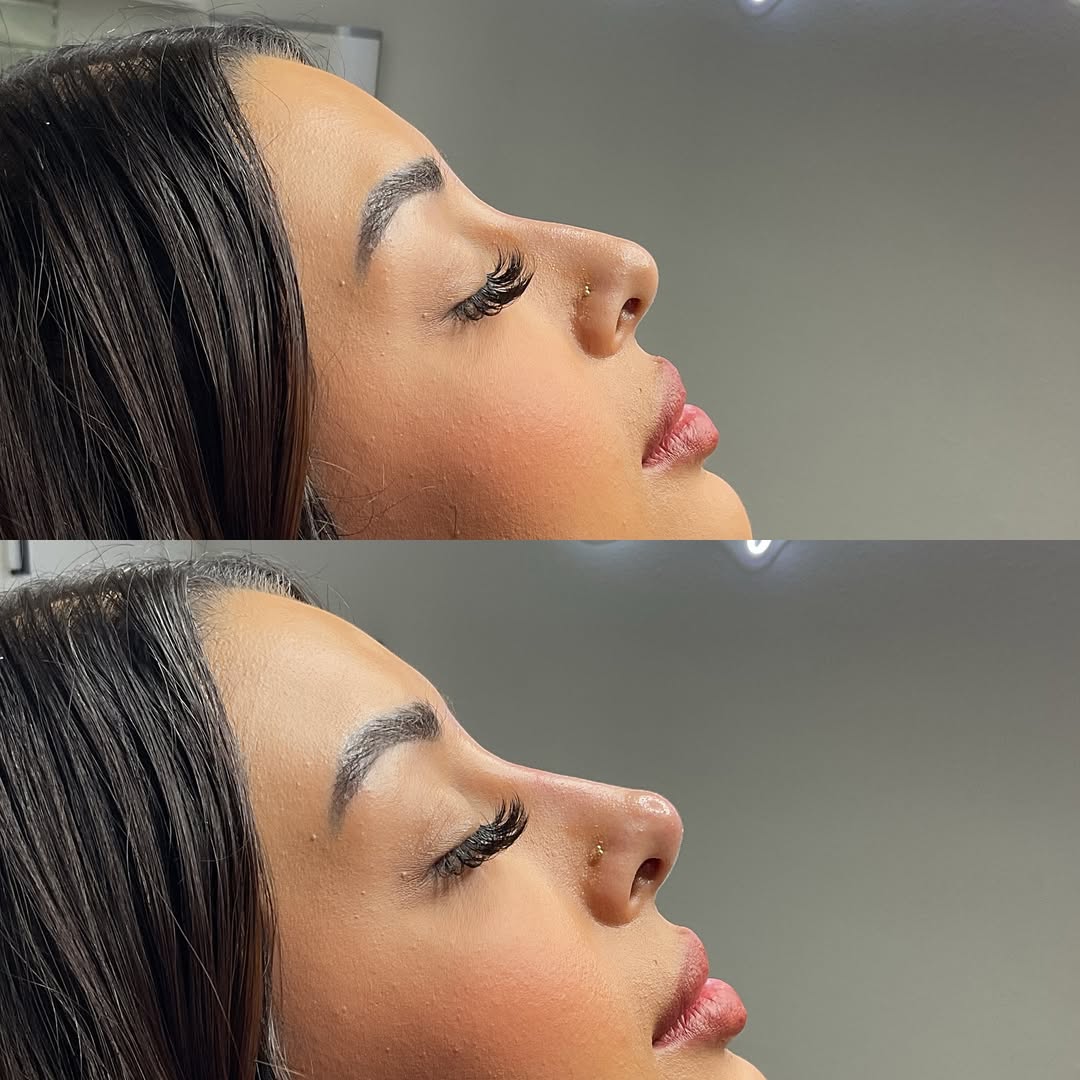


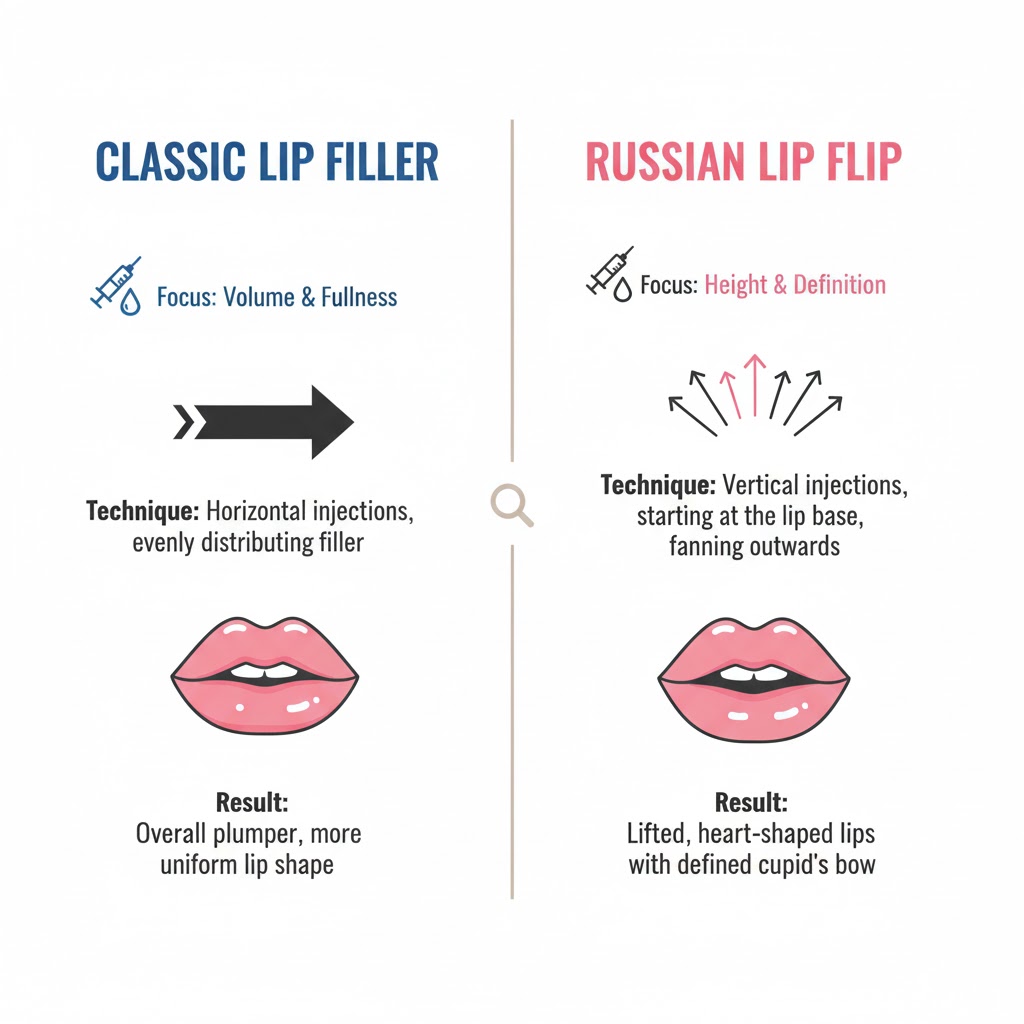
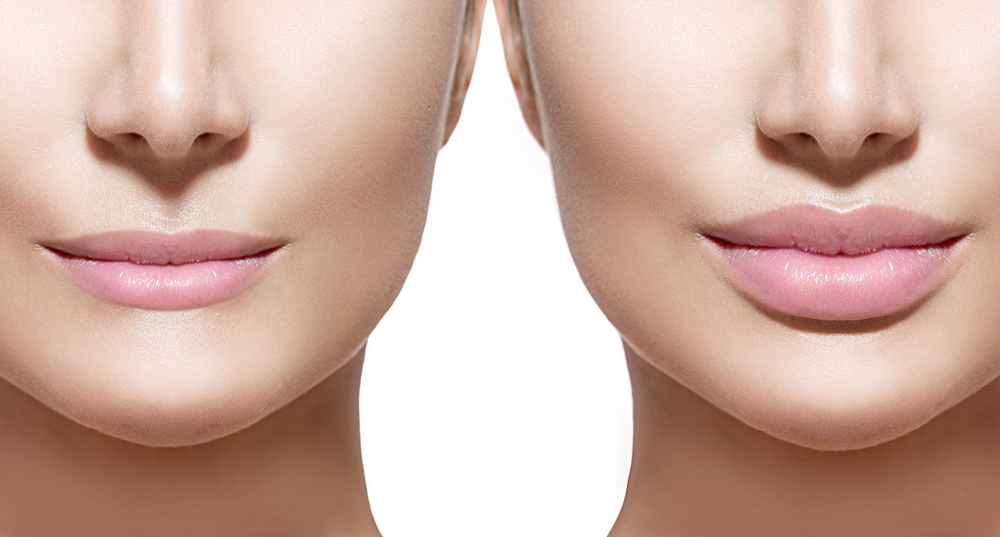
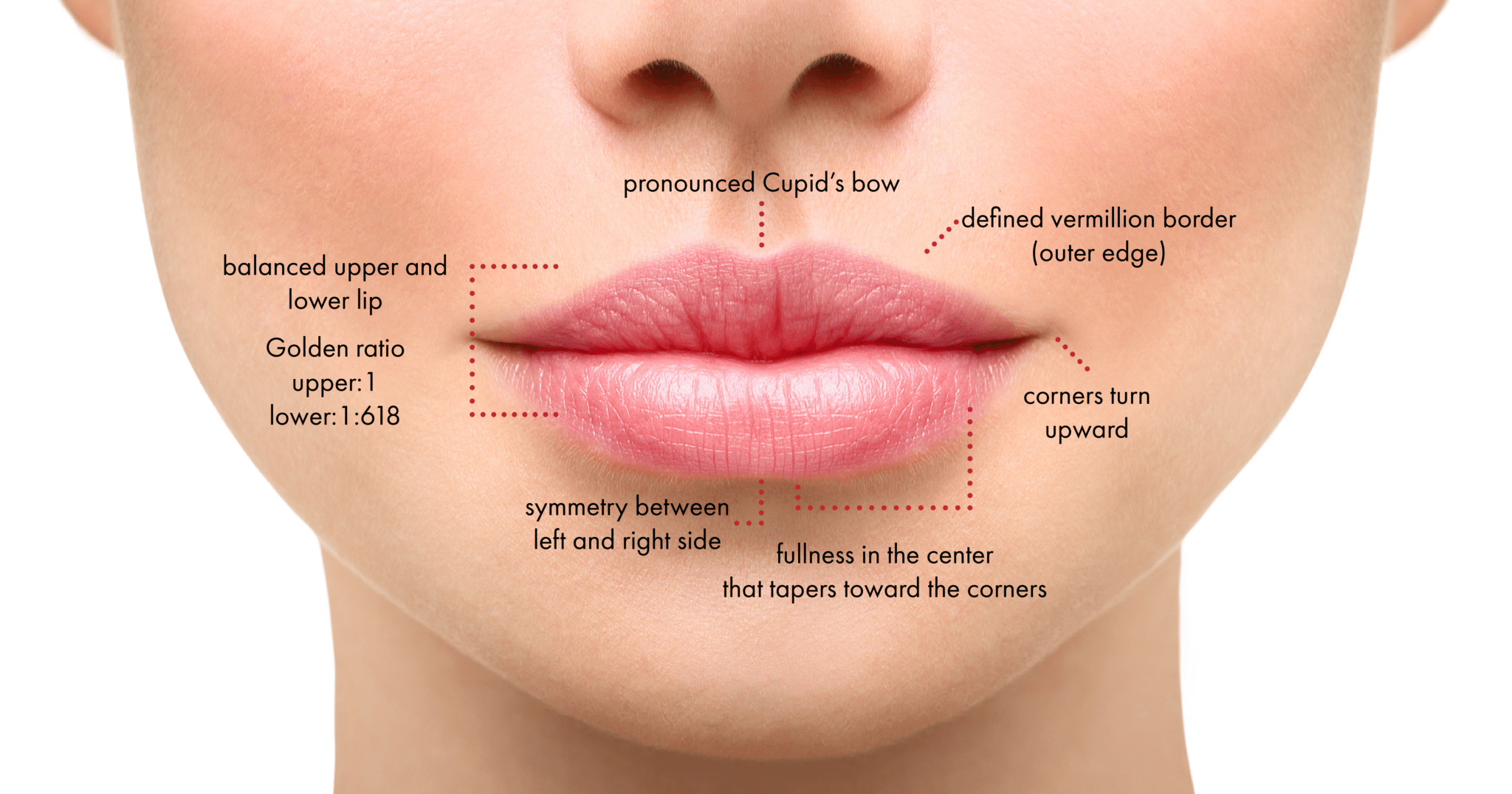
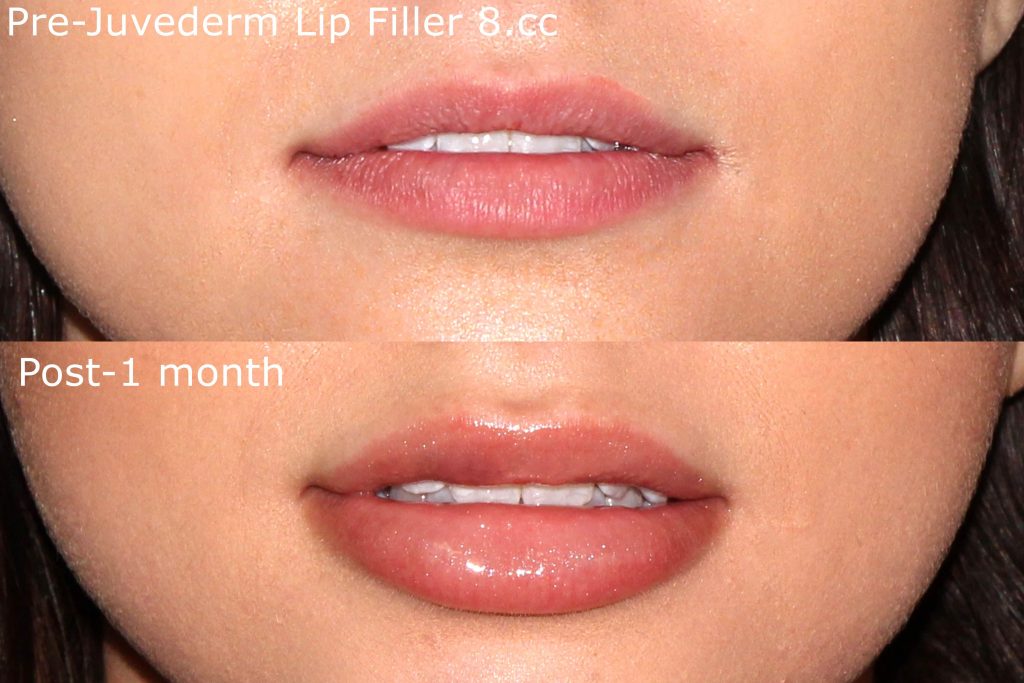
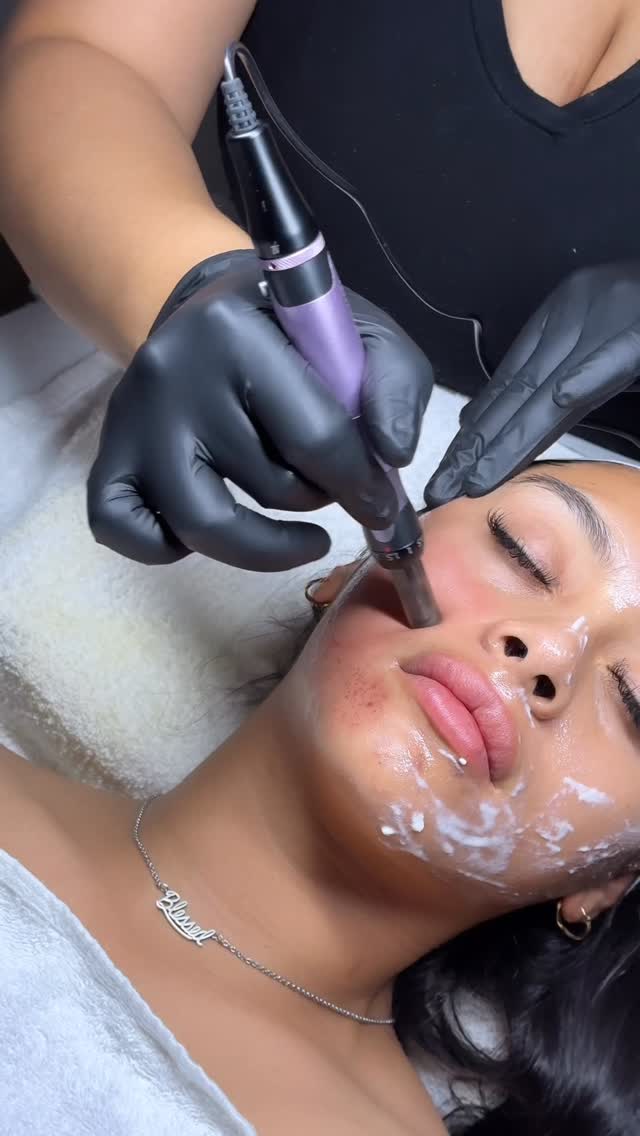
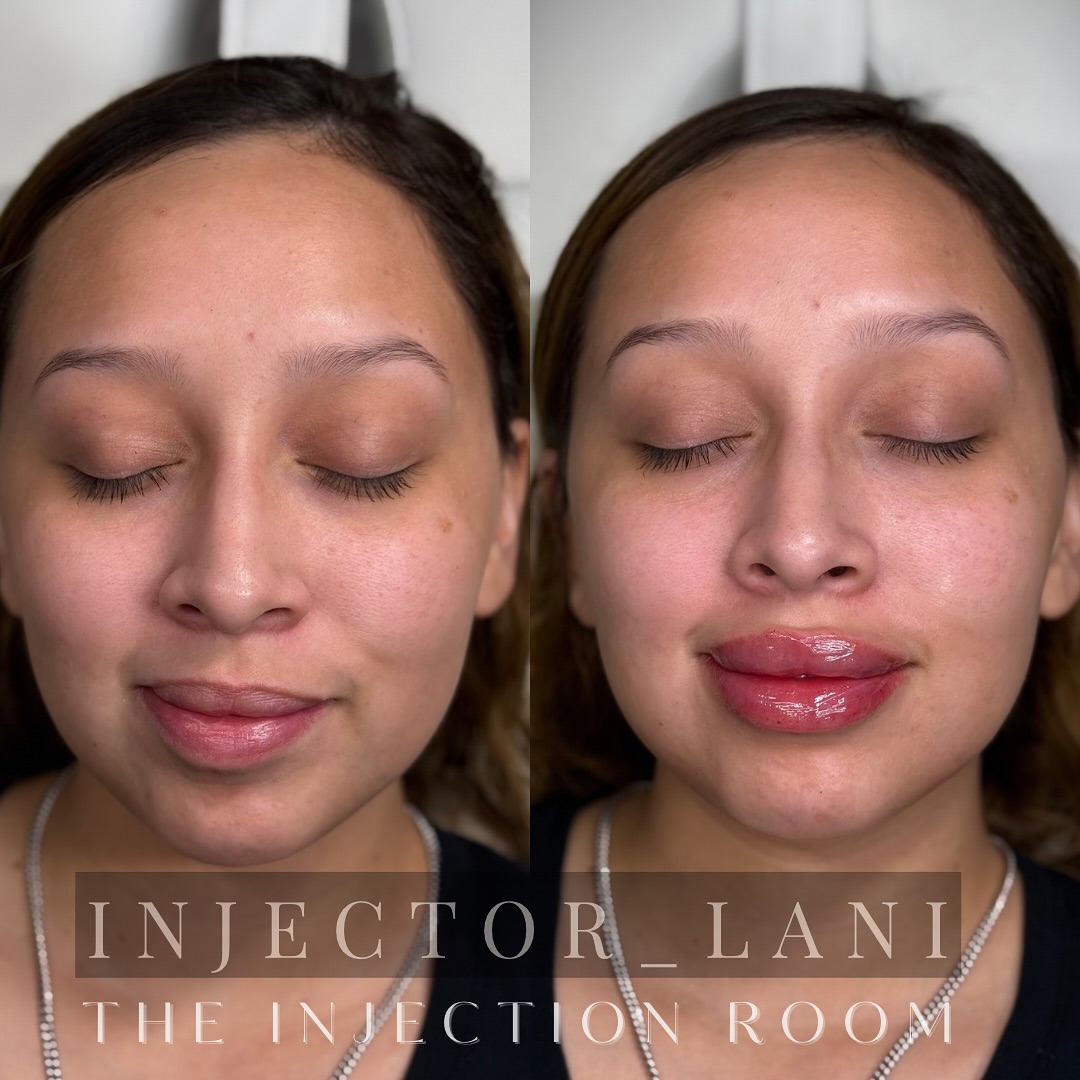
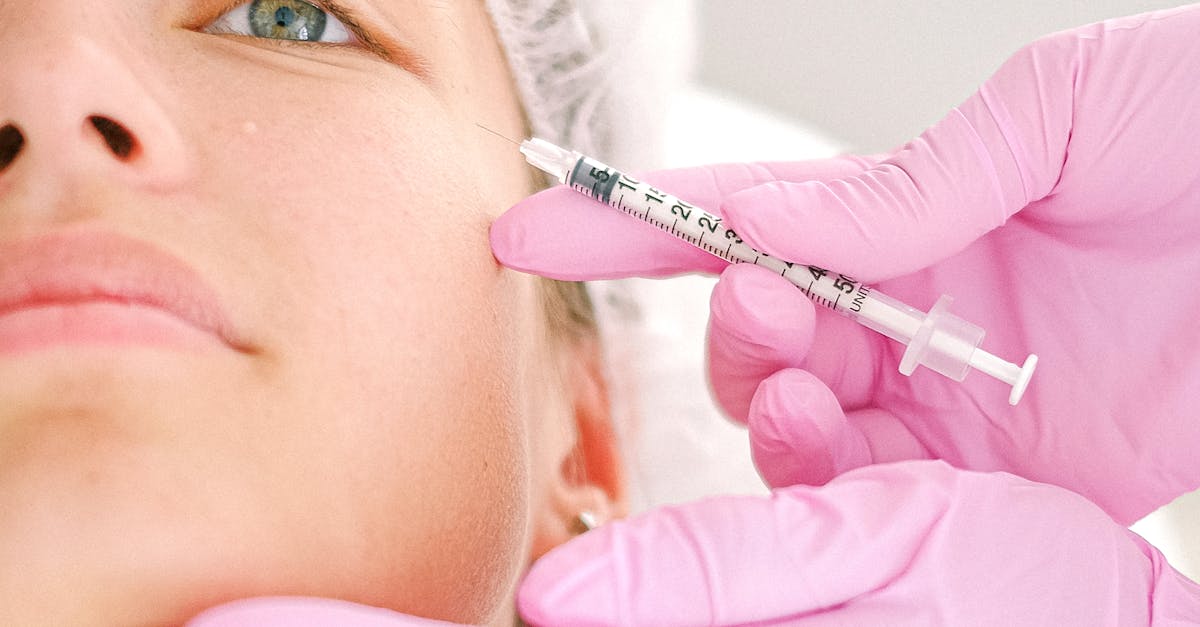

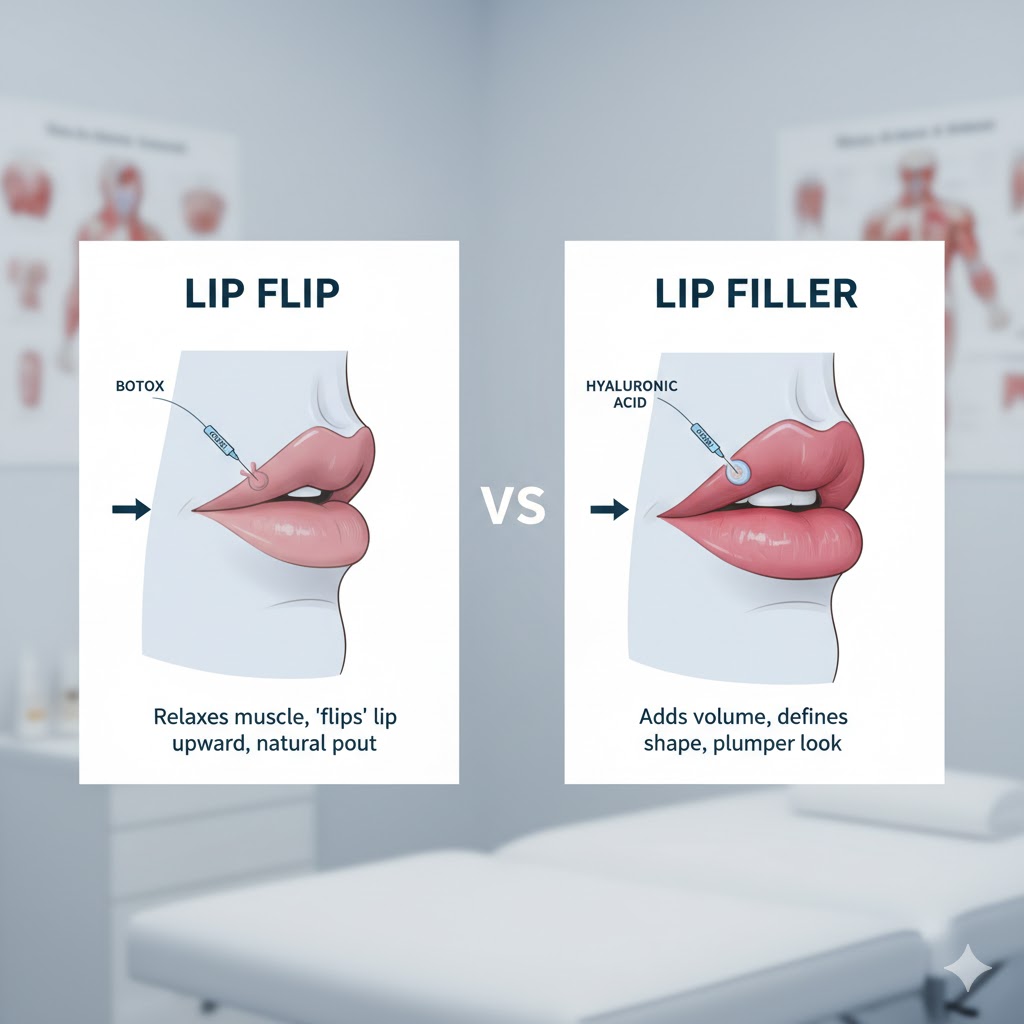
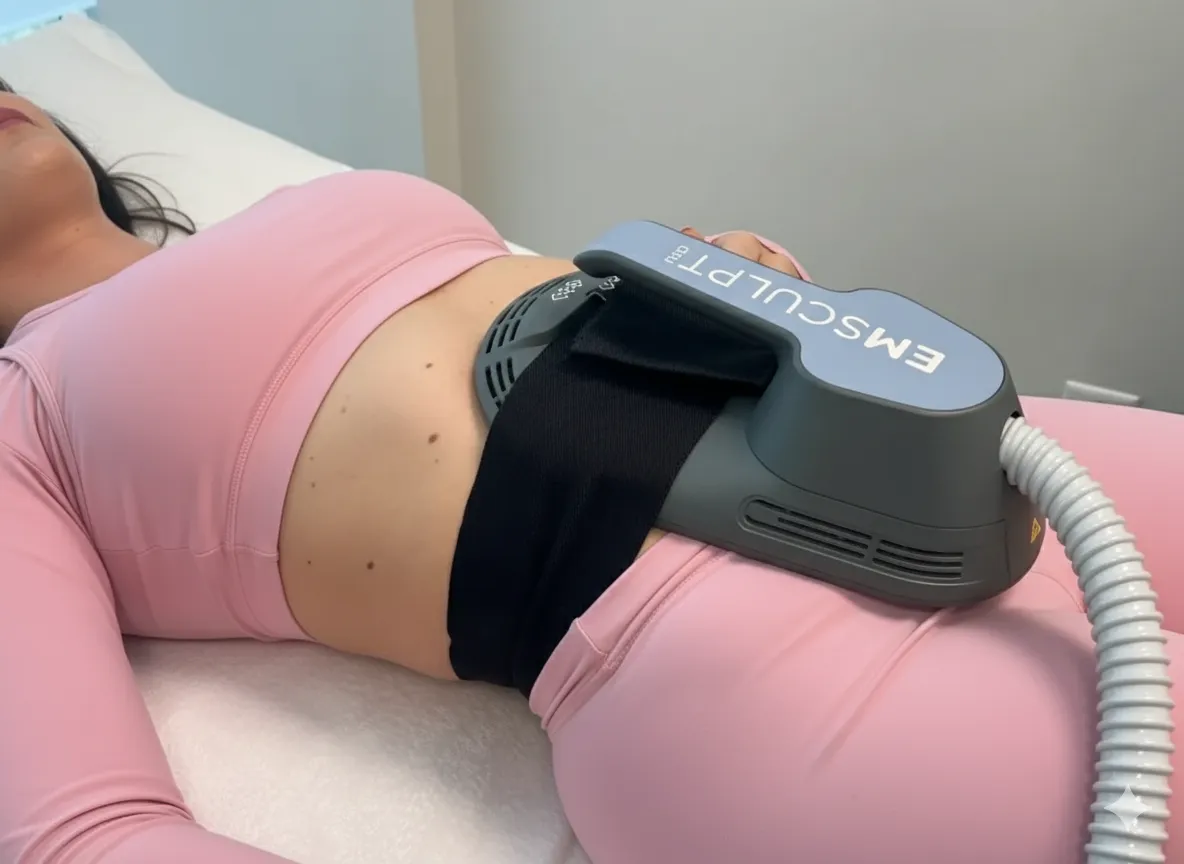
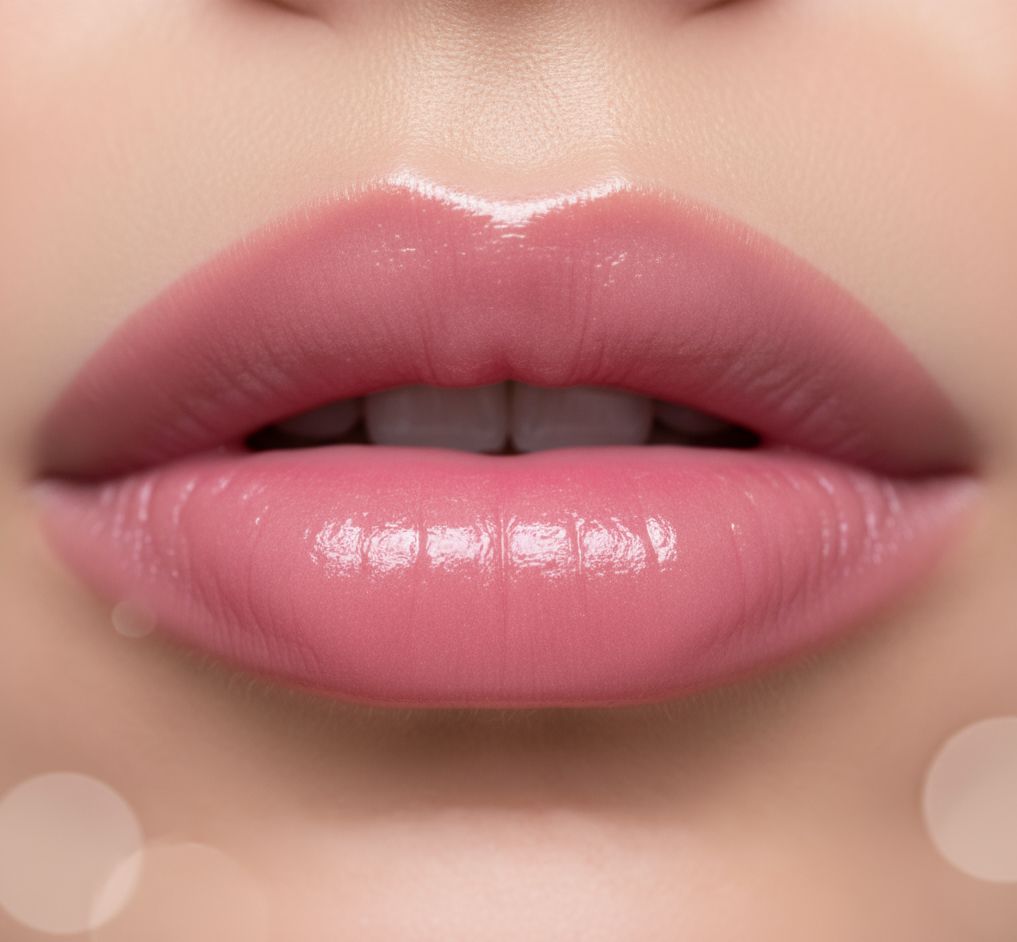
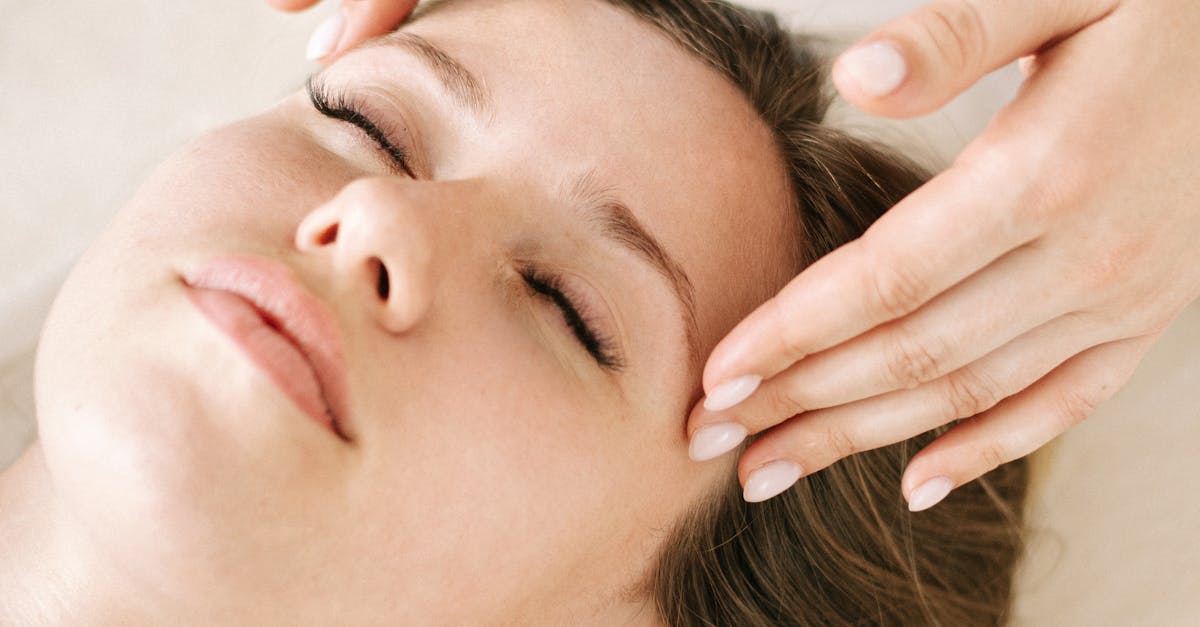
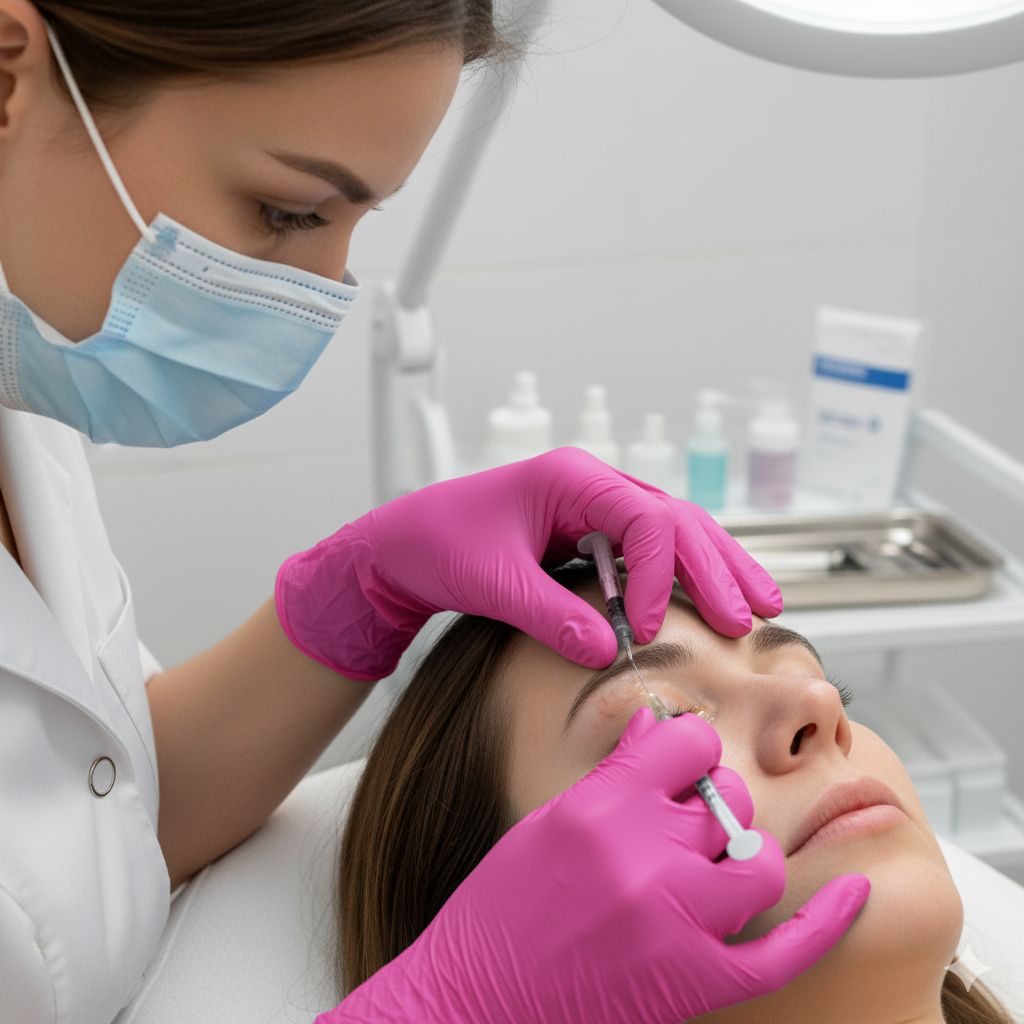
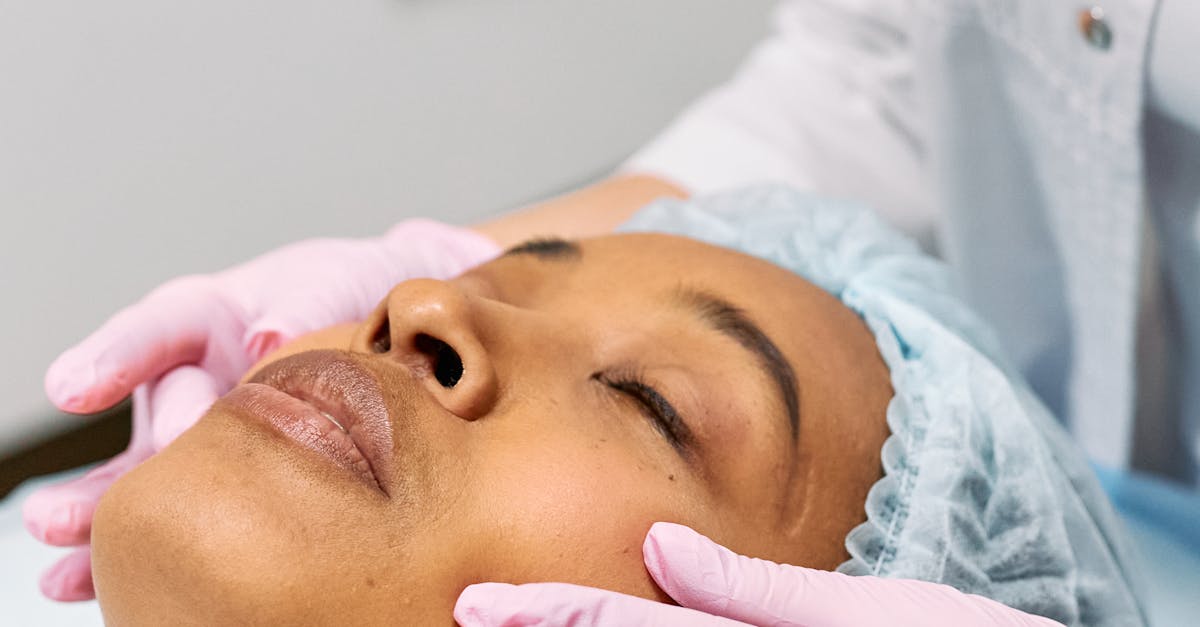

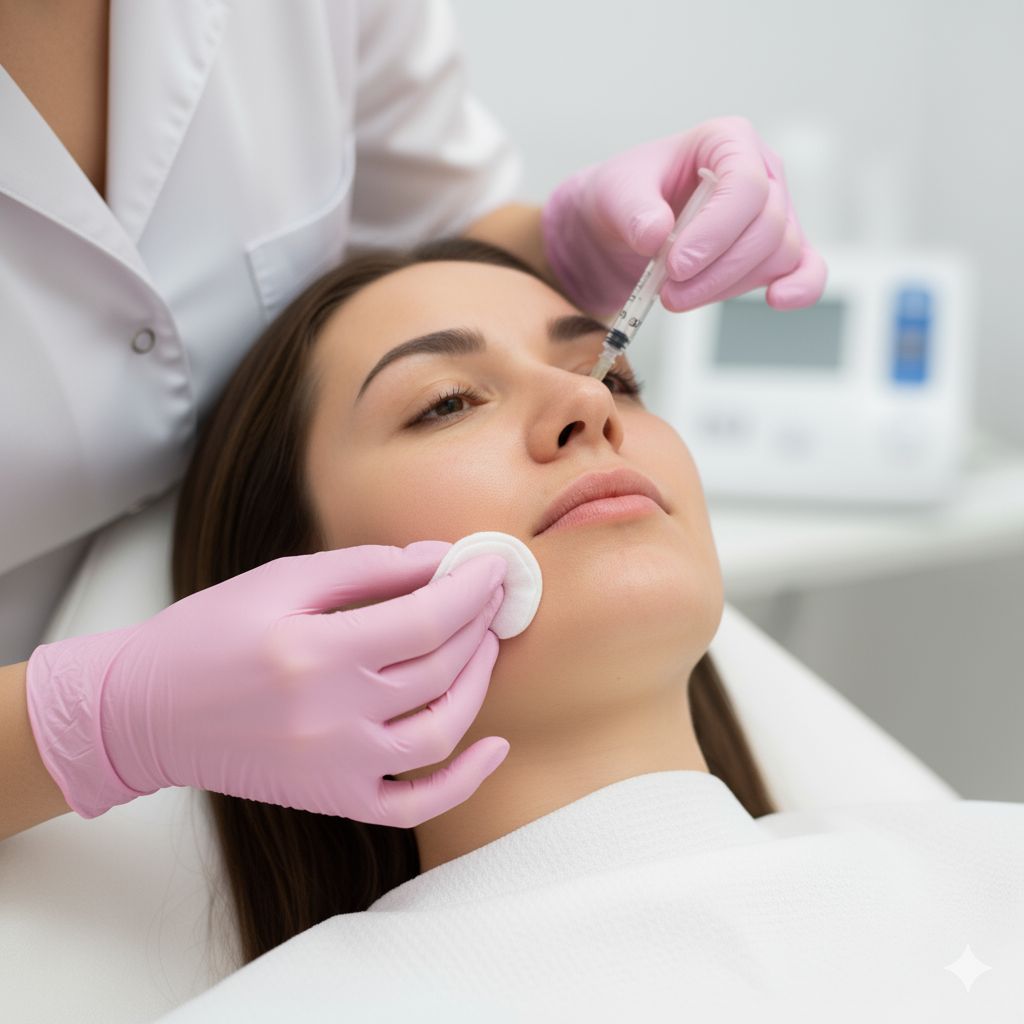
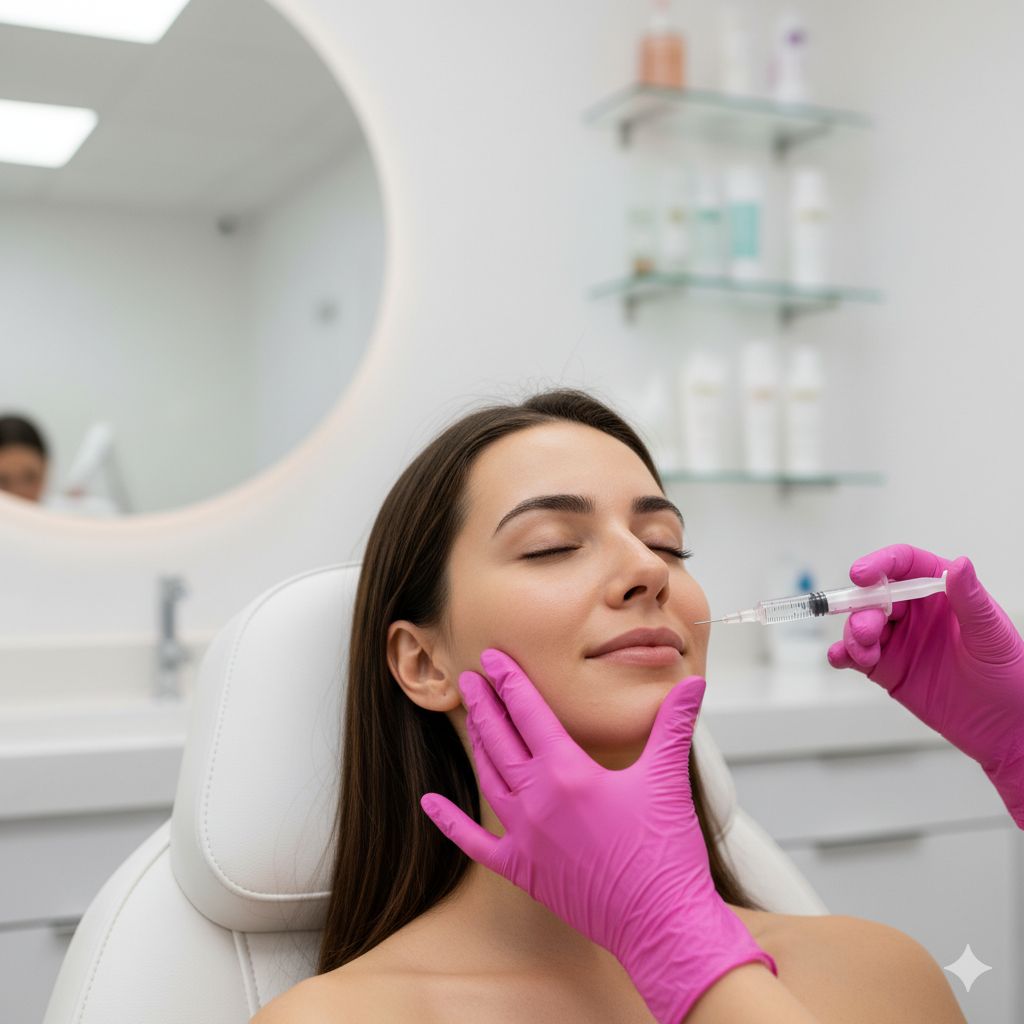
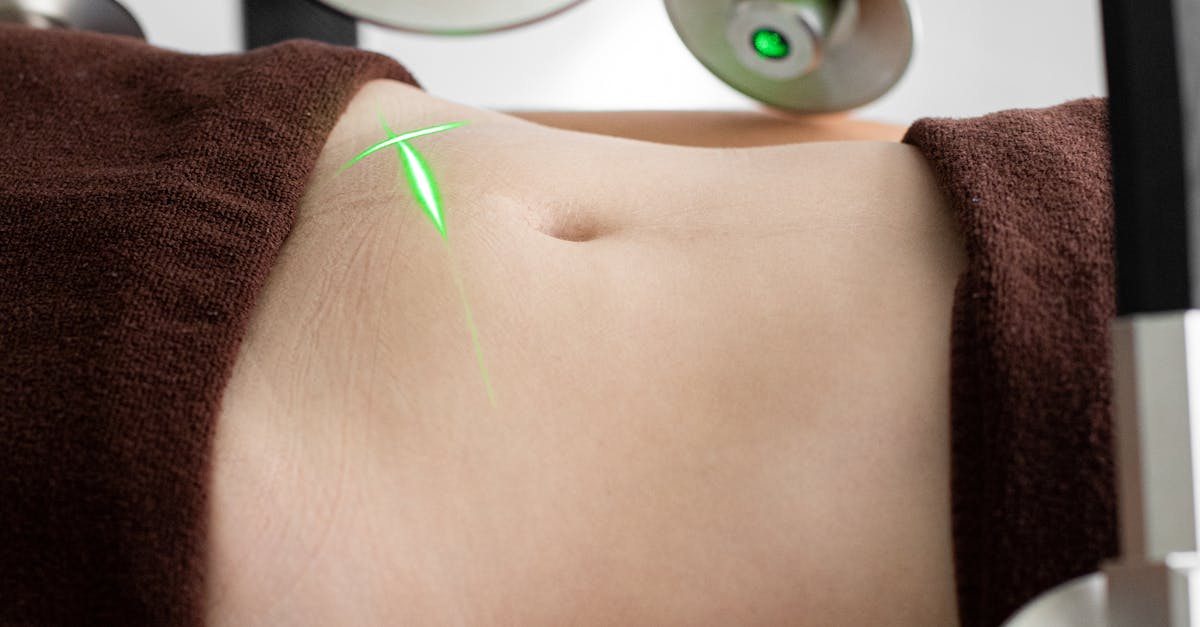

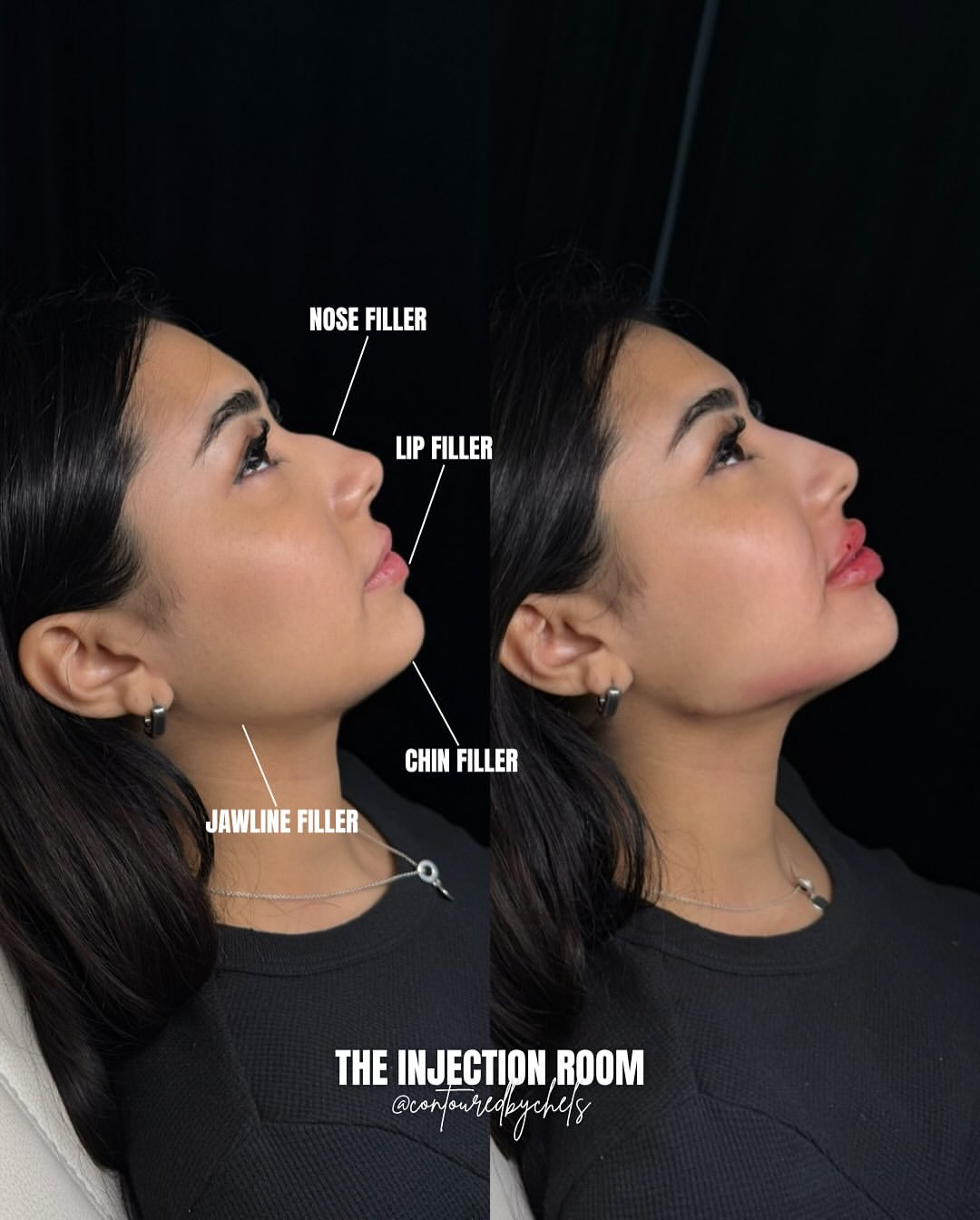
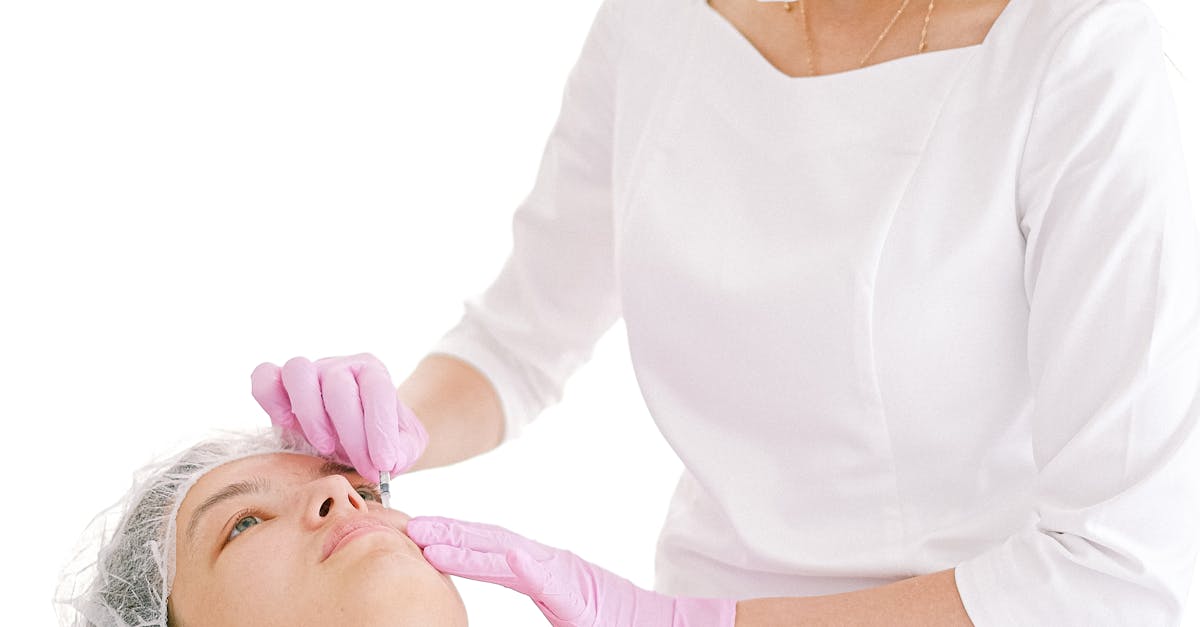
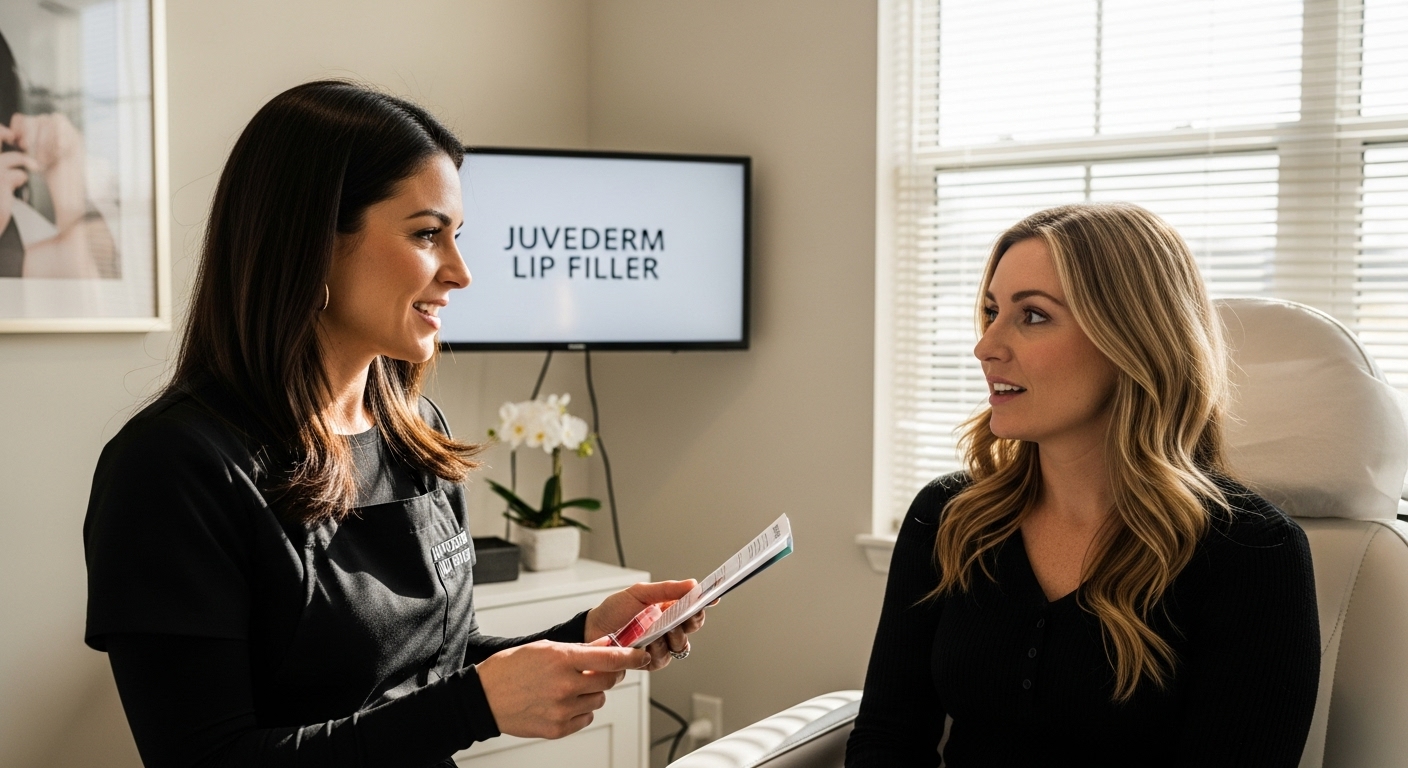


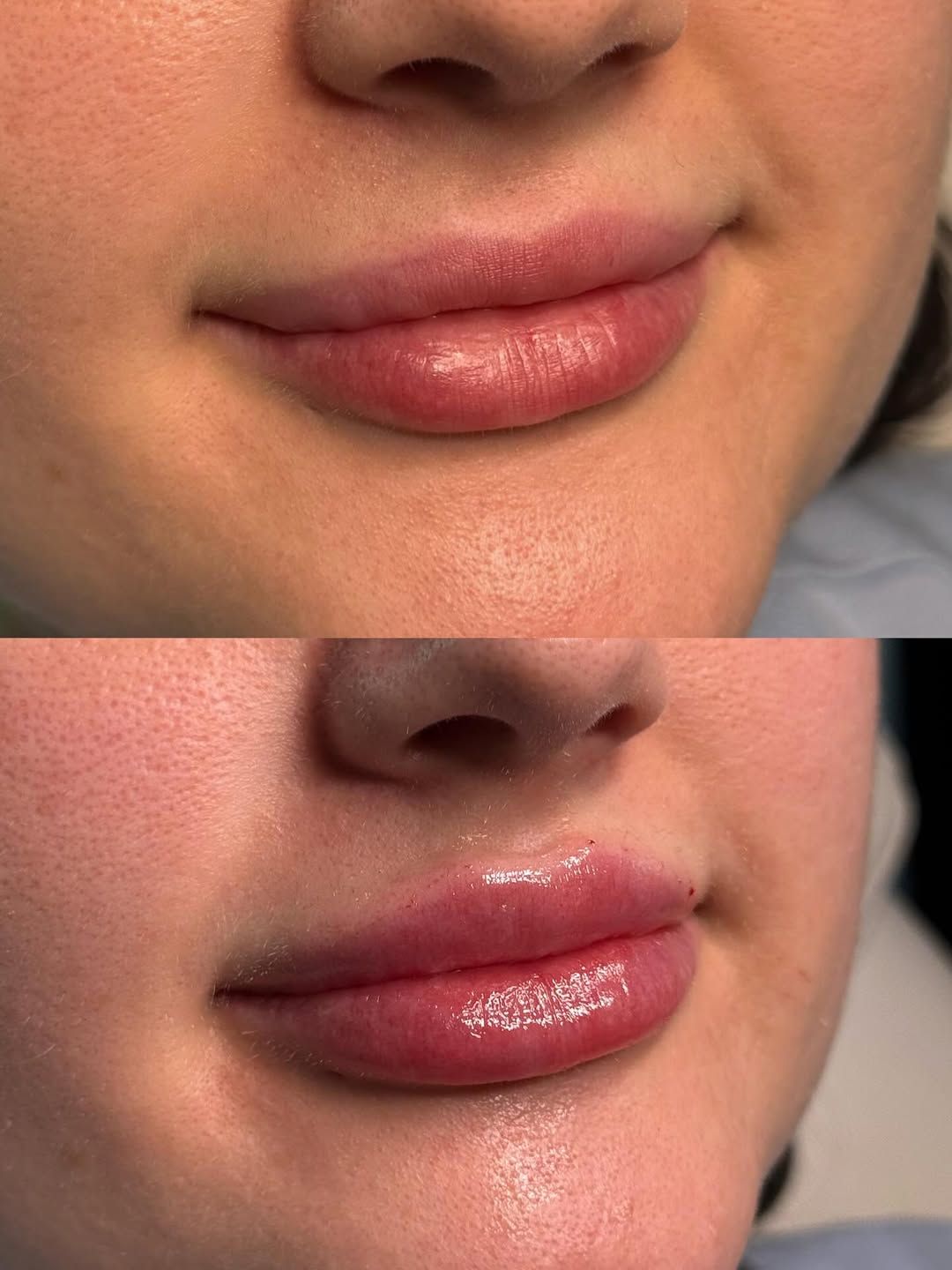
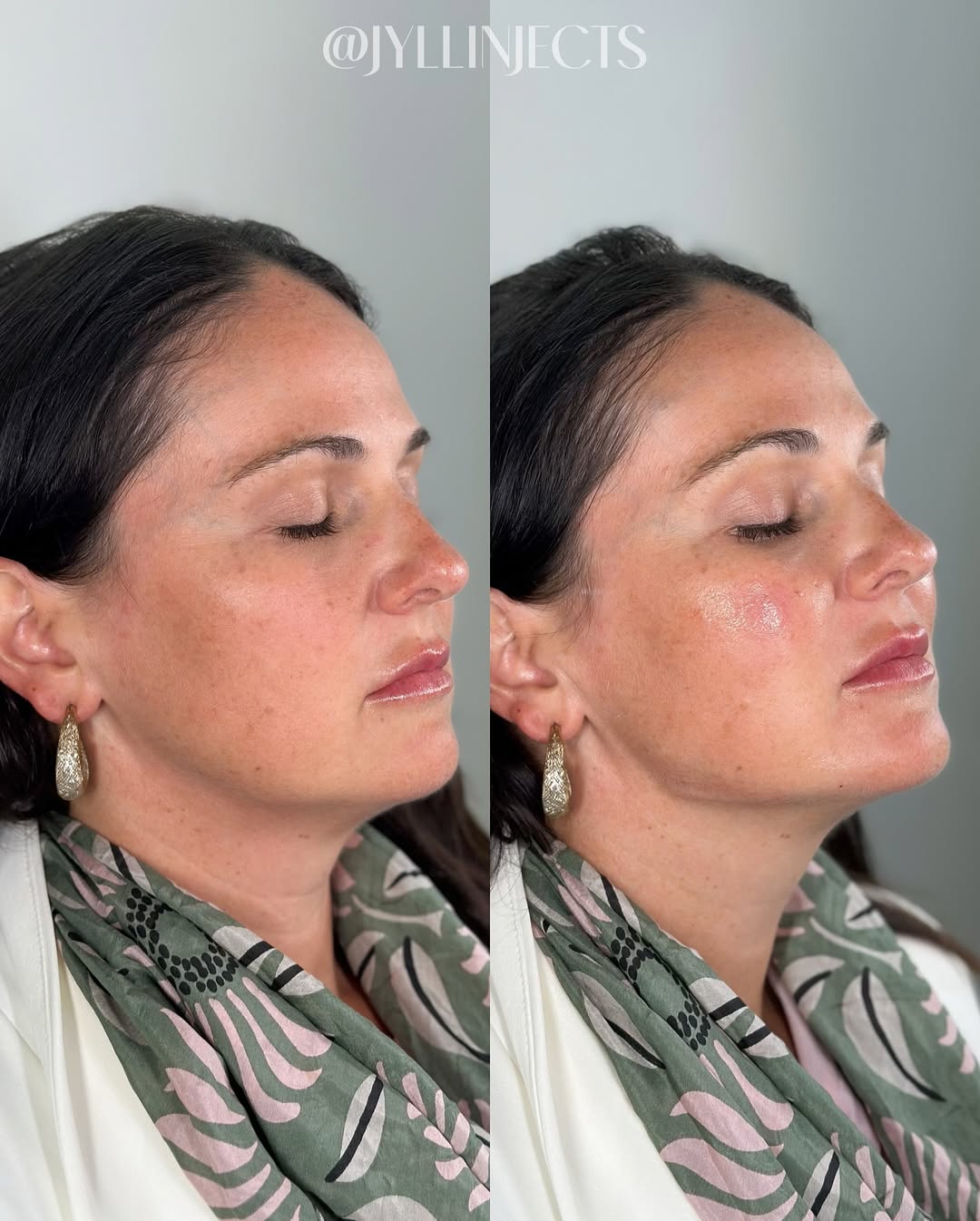
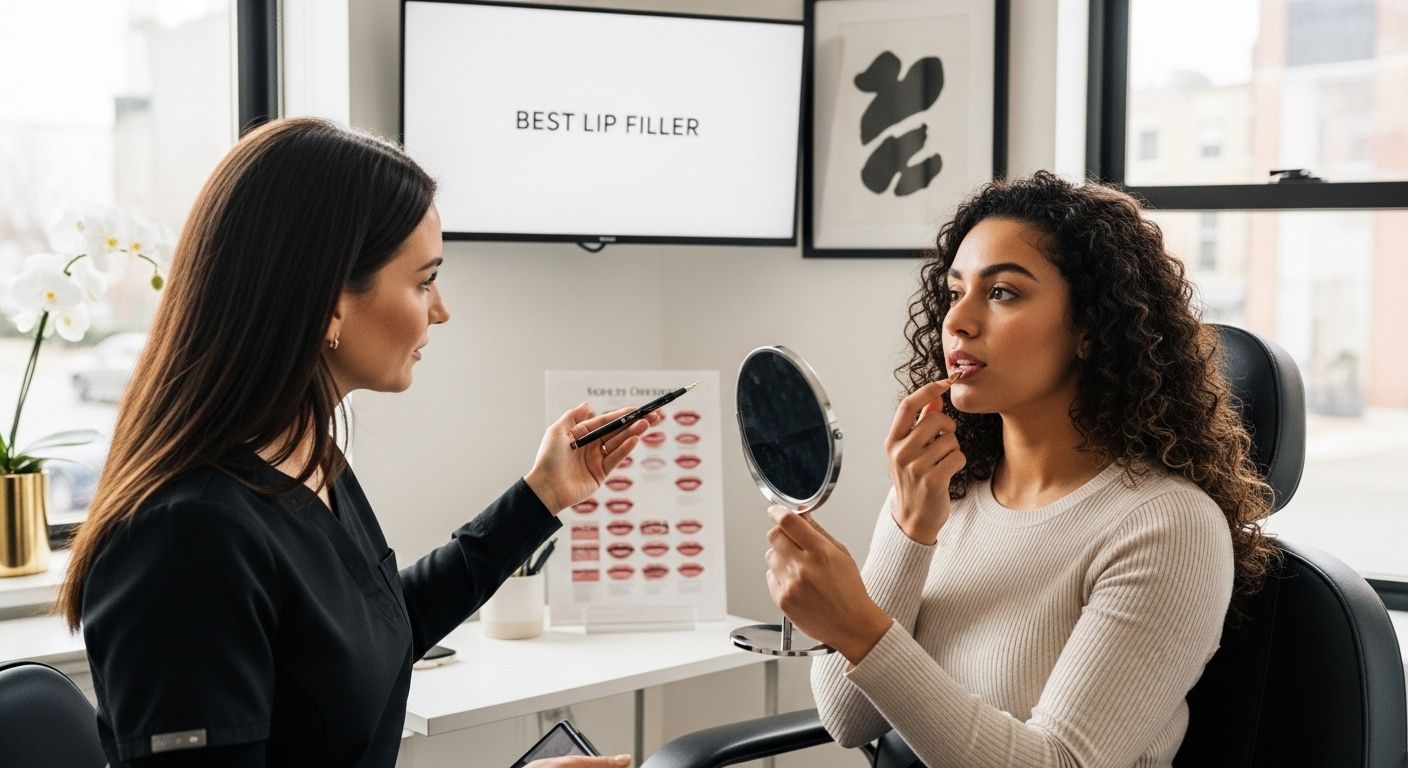
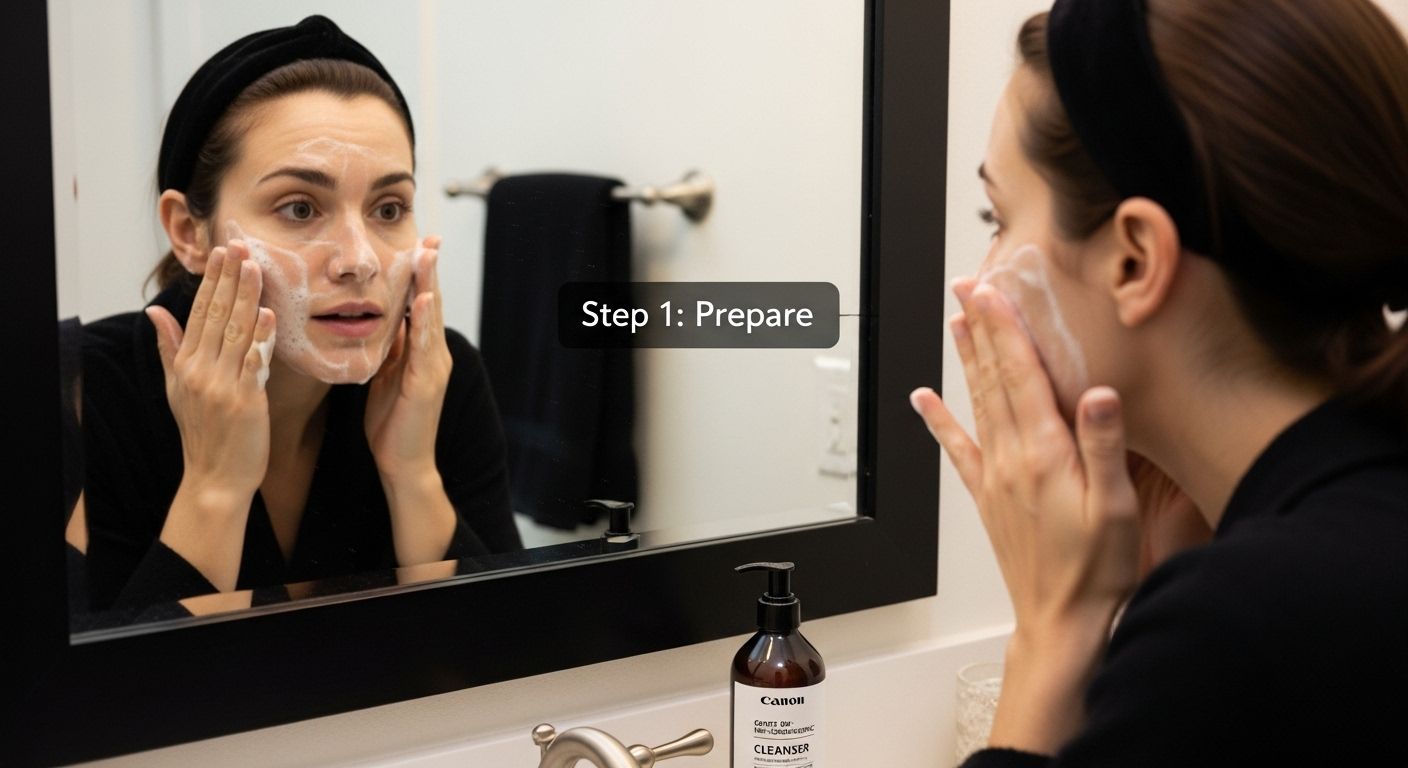
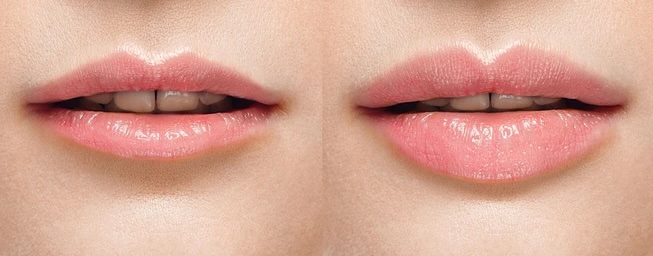

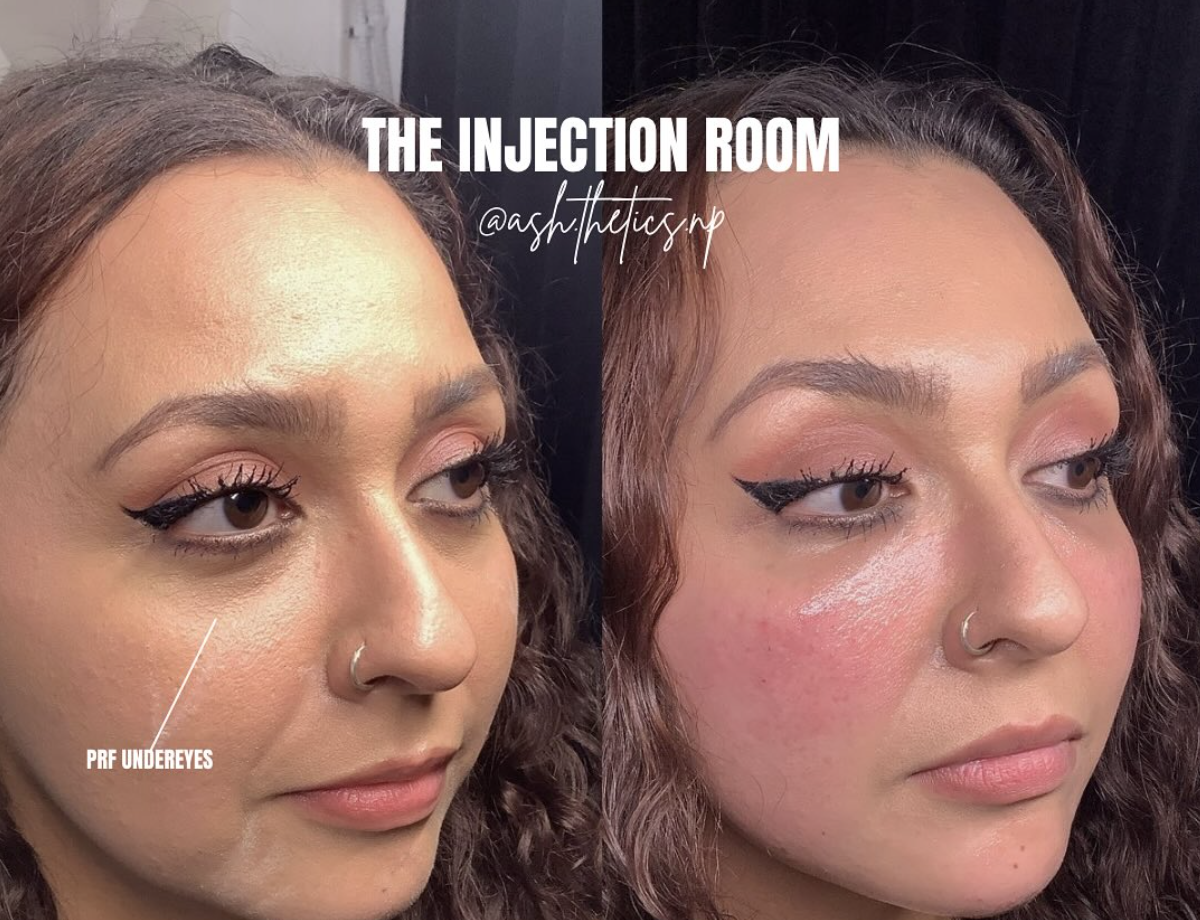
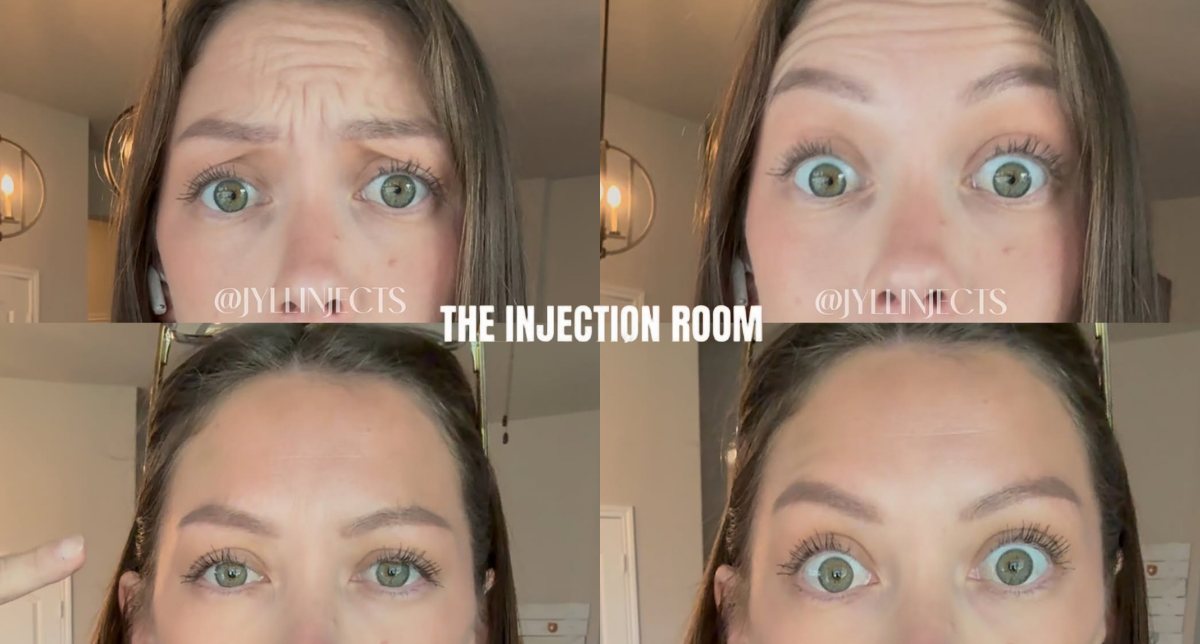


.jpeg)
.jpeg)
.webp)

.jpeg)











